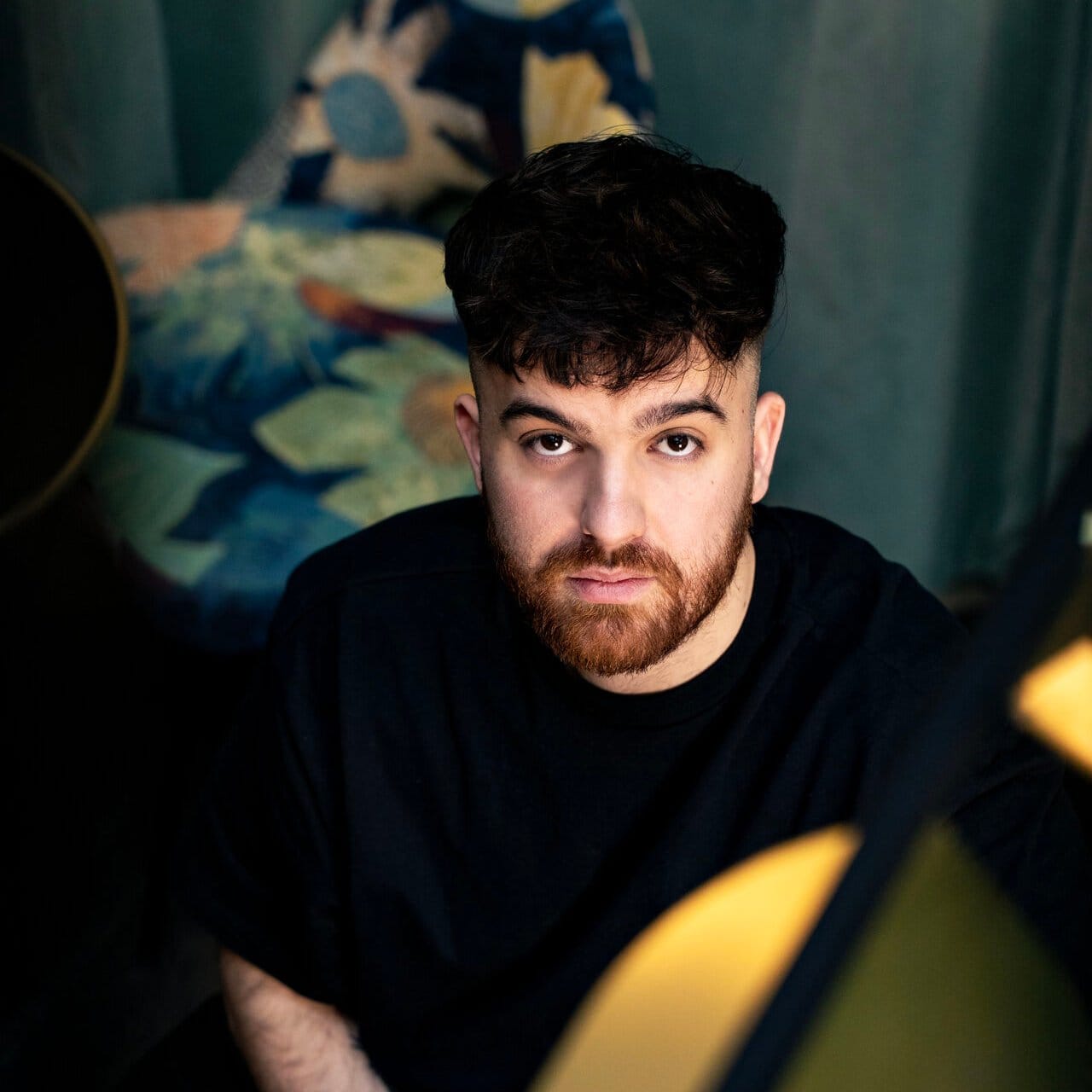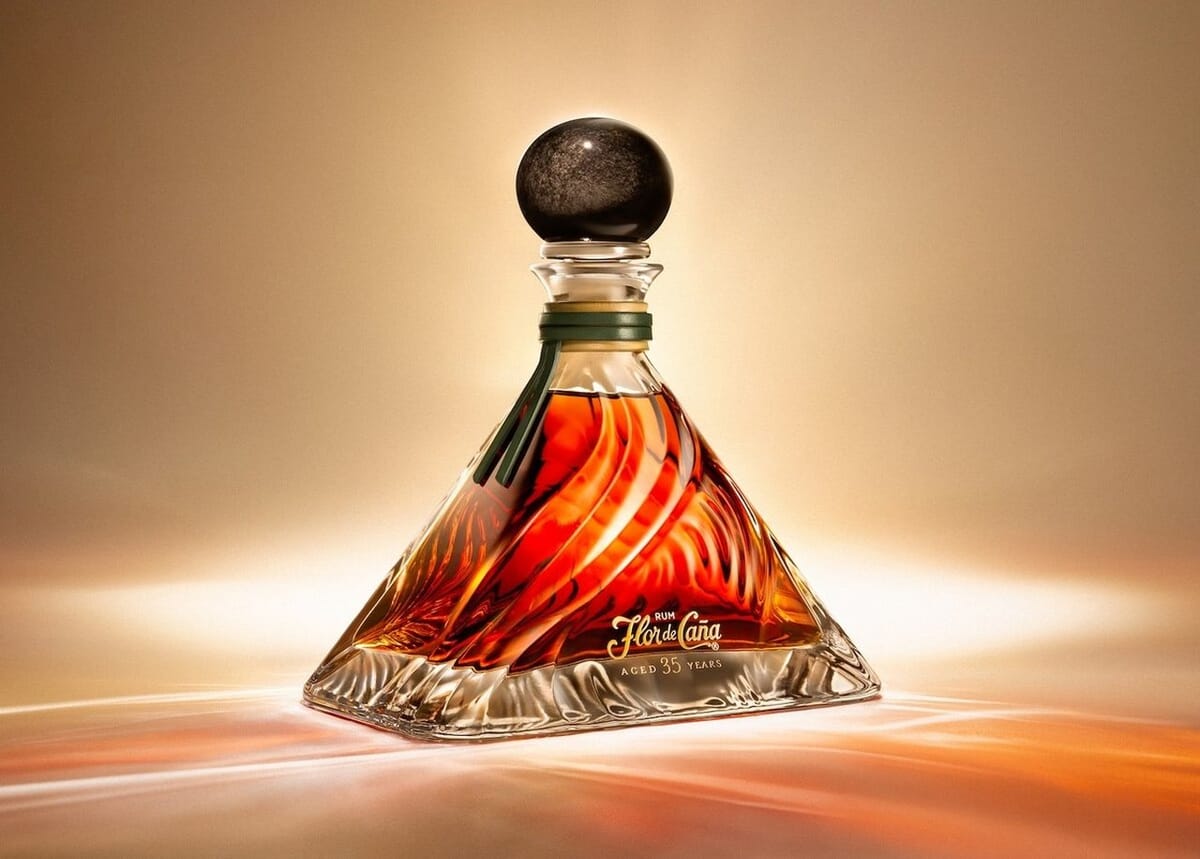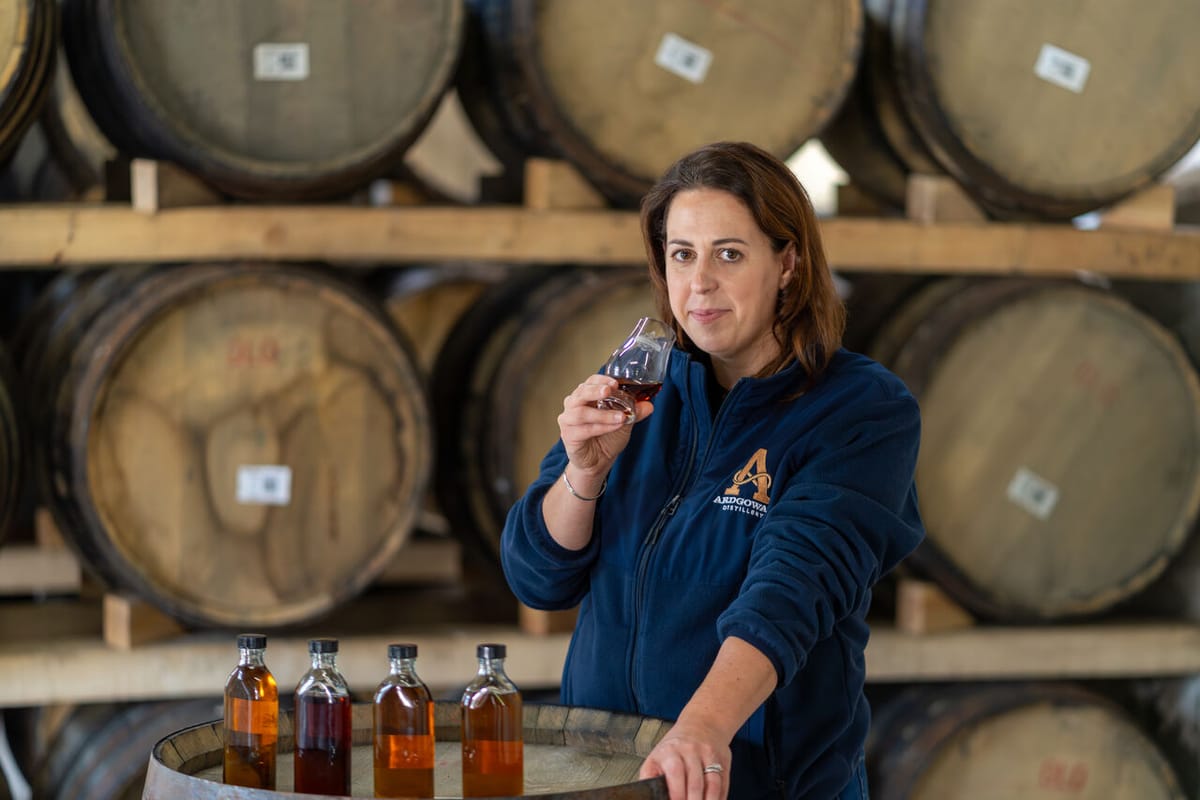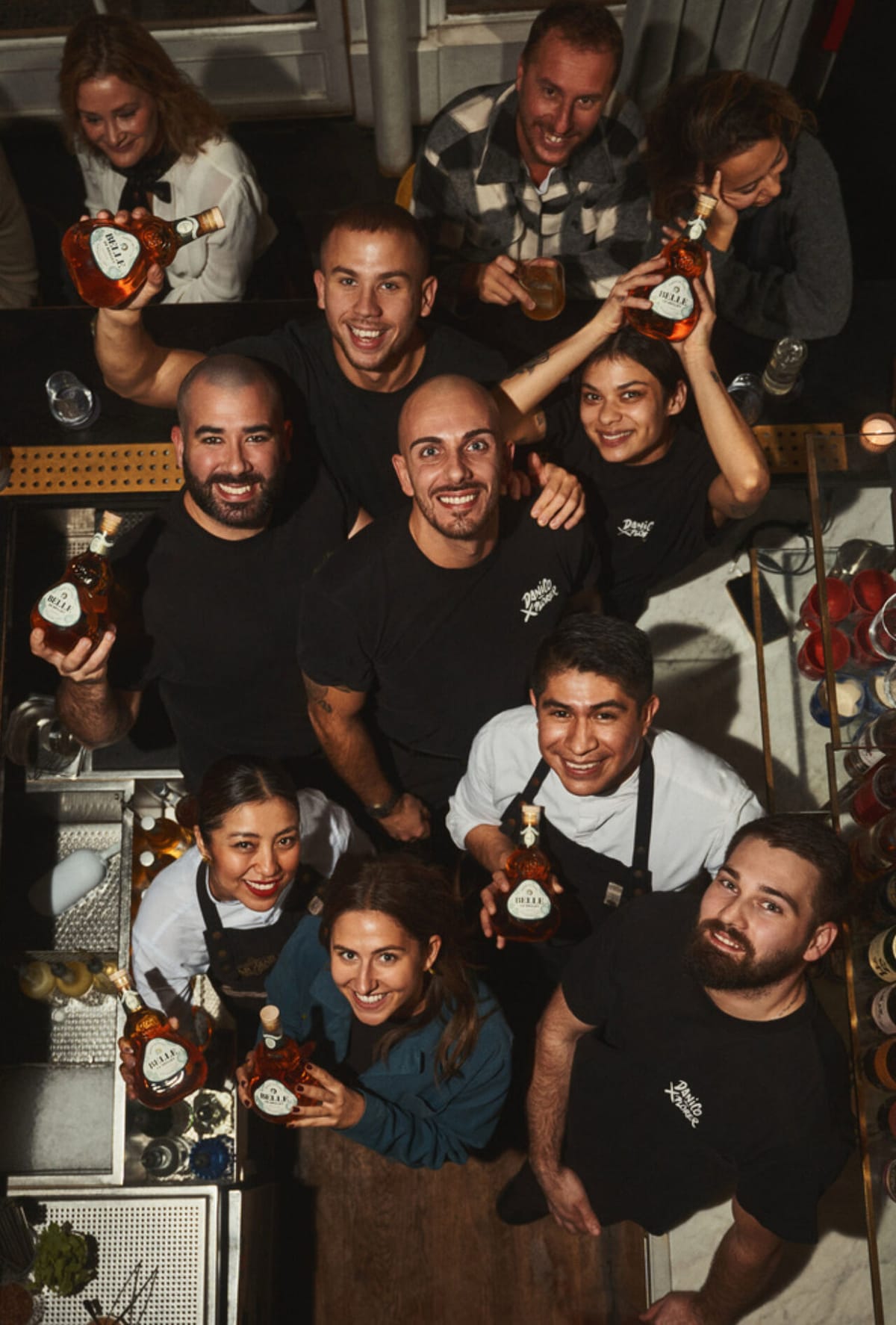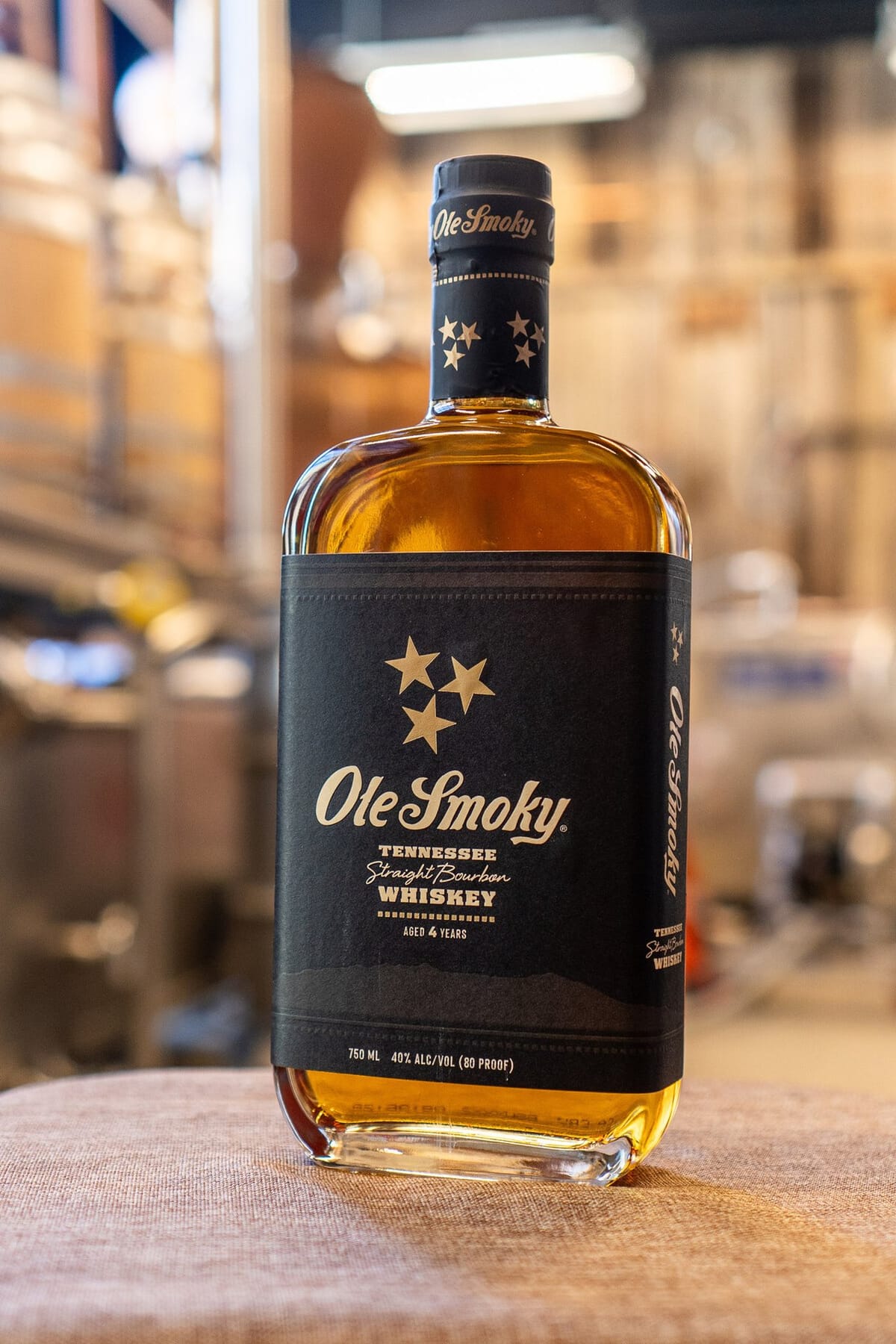Danico Xplorer: a world tour of flavors with Corentin Gaudin
Fresh from India, Danico bar manager Corentin Gaudin sat down with Jigger Daily to discuss the concept and development of his Xplorer menus. He also shared insights on India’s rising cocktail scene and Japan’s influence on Danico’s current menu.
Danico Xplorer: focusing on a country’s flavors
The Danico Xplorer concept was launched in 2022.
Our bar has always been focused on global flavors, but we decided to streamline the project to have a clearer direction. This led to the idea of offering a menu featuring a single country each time. And to make it authentic, part of the team actually travels to that country. In short, it’s a six-month menu highlighting the flavors of a single country.
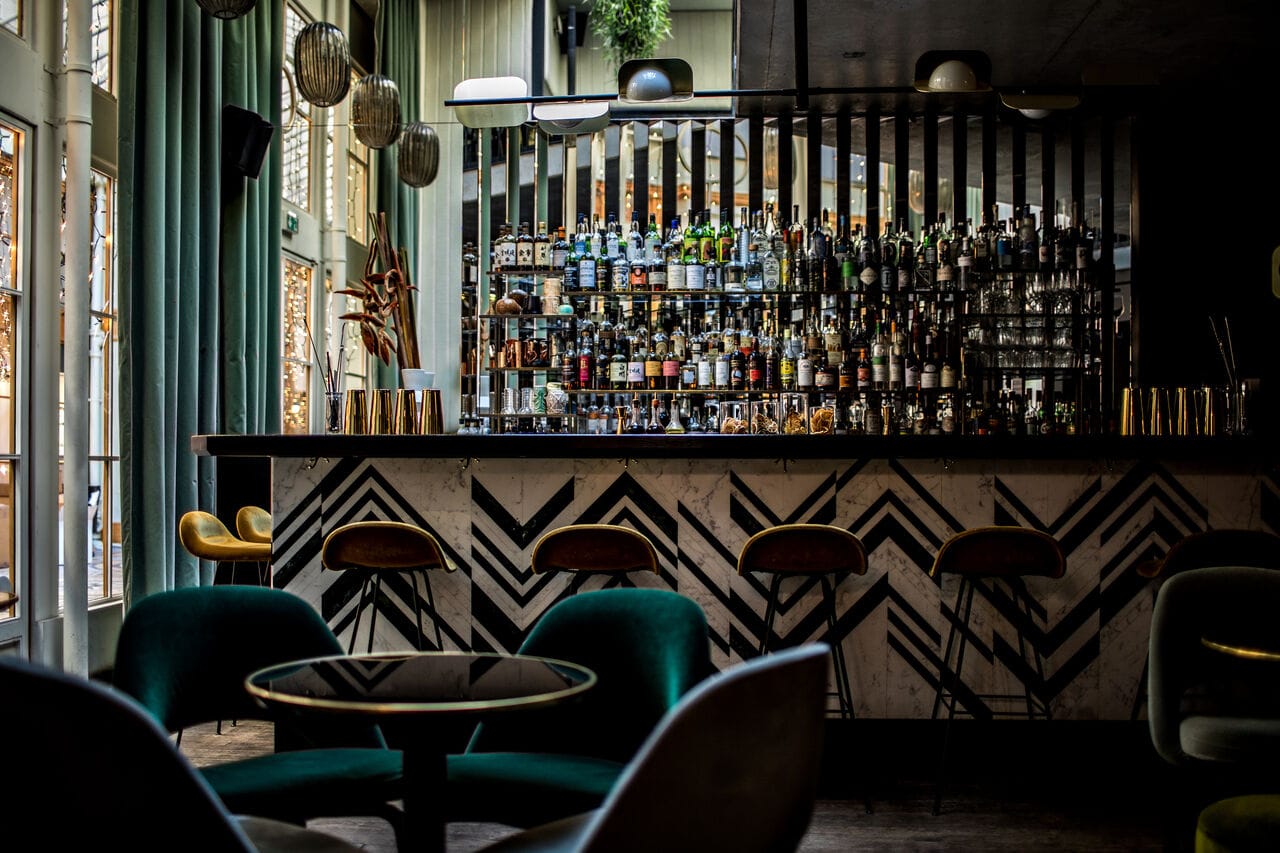
Five countries are planned, and we’ll likely allow ourselves a sixth one as a bonus. Afterward, we’ll pick up the same project but with some variations.
The choice of destinations has been fairly simple so far. The first country was Indonesia, because it’s Nico de Soto’s favorite, and we’ve always had this culture around pandan — an Indonesian ingredient — at Danico. It even became something of a running gag, and we still use pandan even if it can’t be sourced everywhere. So on every menu, there’s always at least one cocktail featuring pandan.
As for the second menu, we chose a country on the other side of the world, Mexico, so we’d have flavors very different from the previous menu.
Japan quickly stood out on the list. It’s a culture we love, that speaks to everyone, because it’s quite well represented in the media and even in Parisian gastronomy.
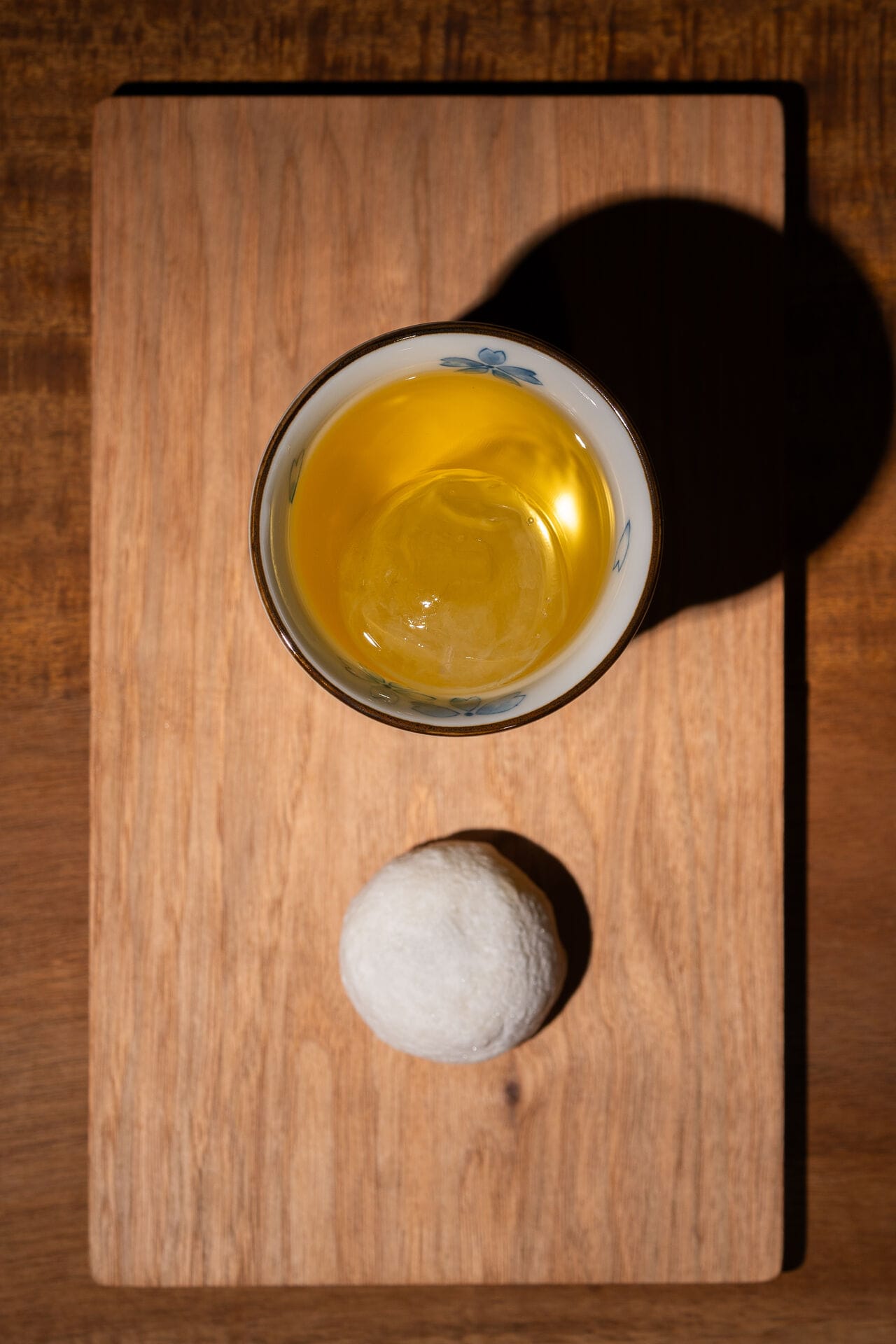
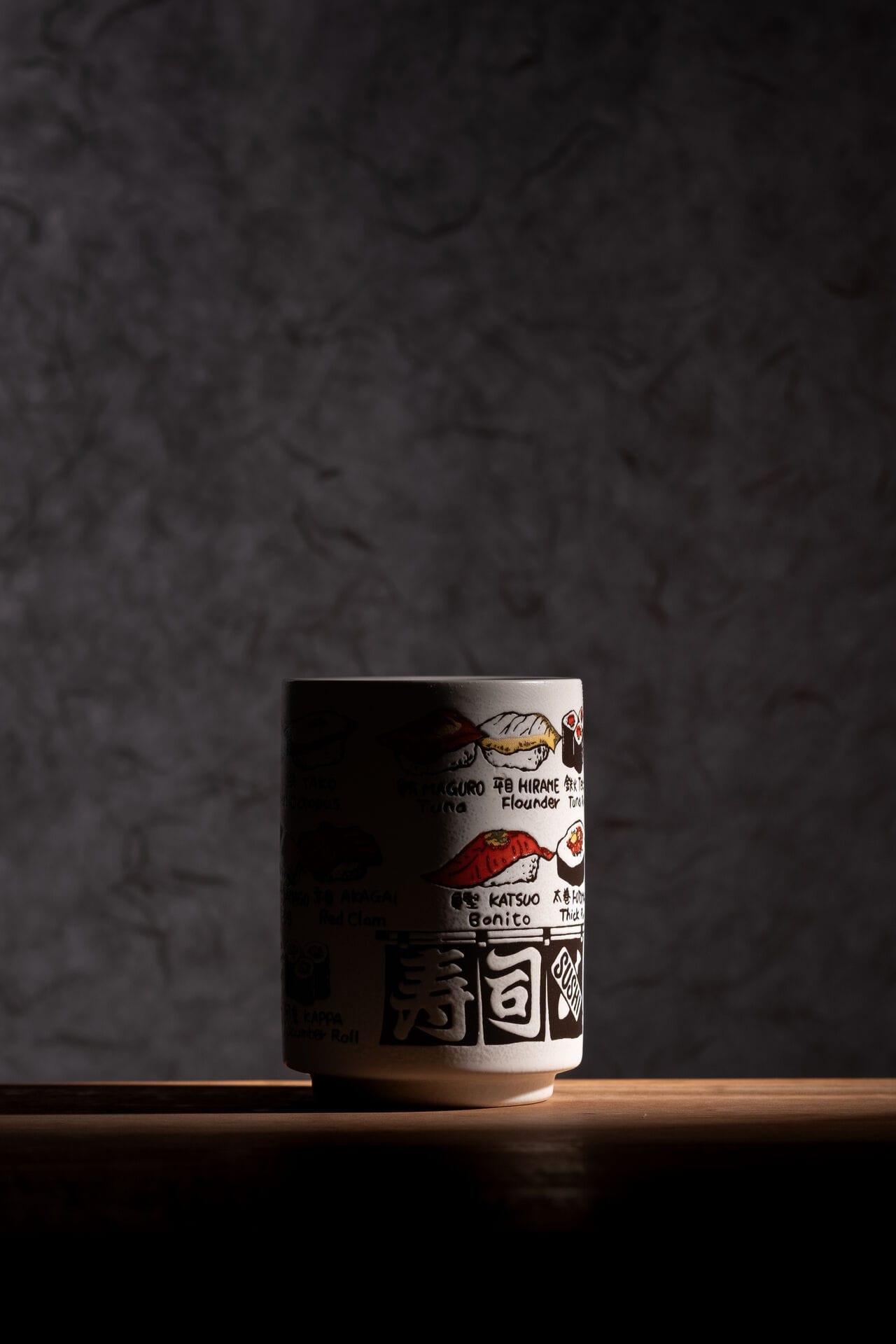
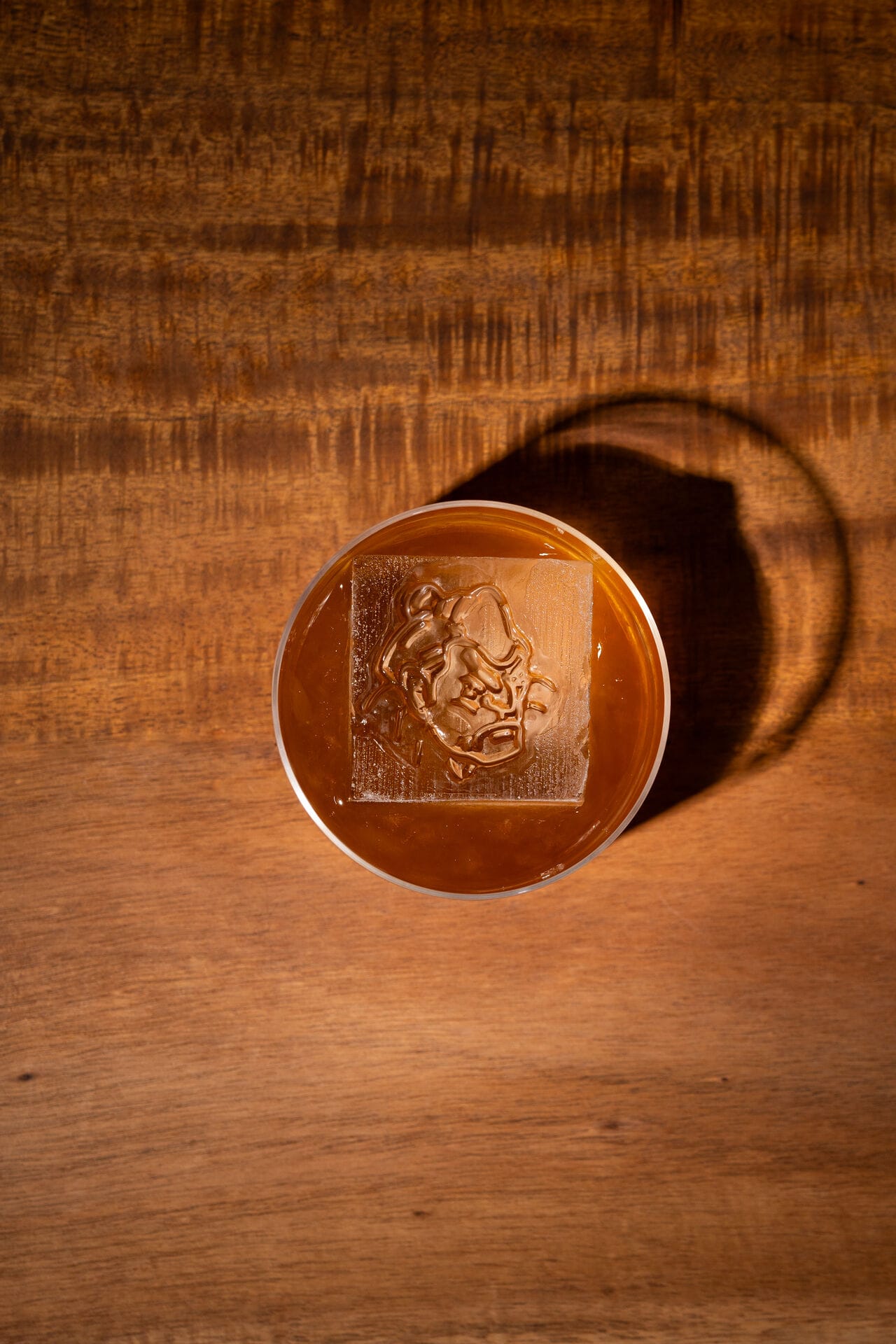
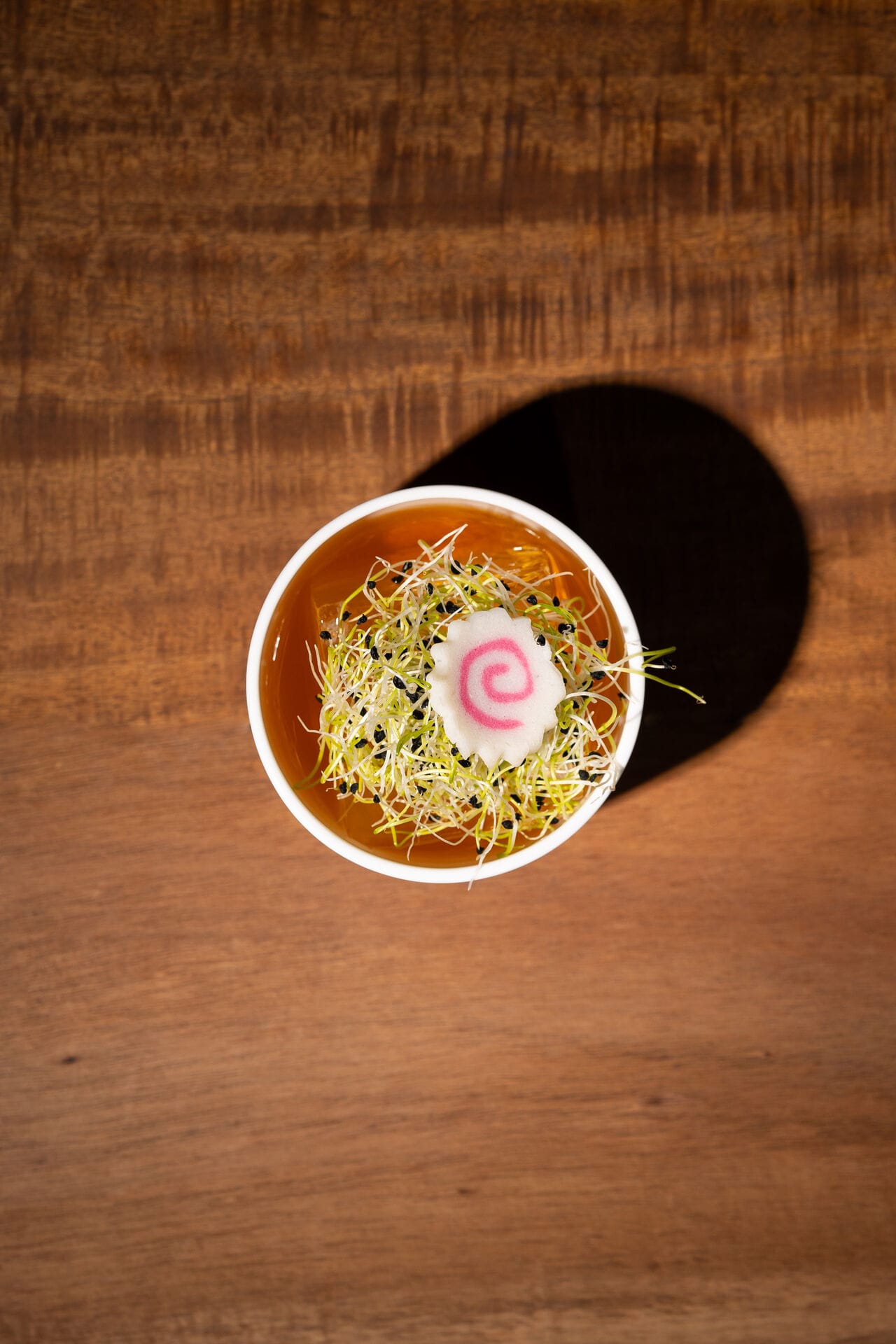
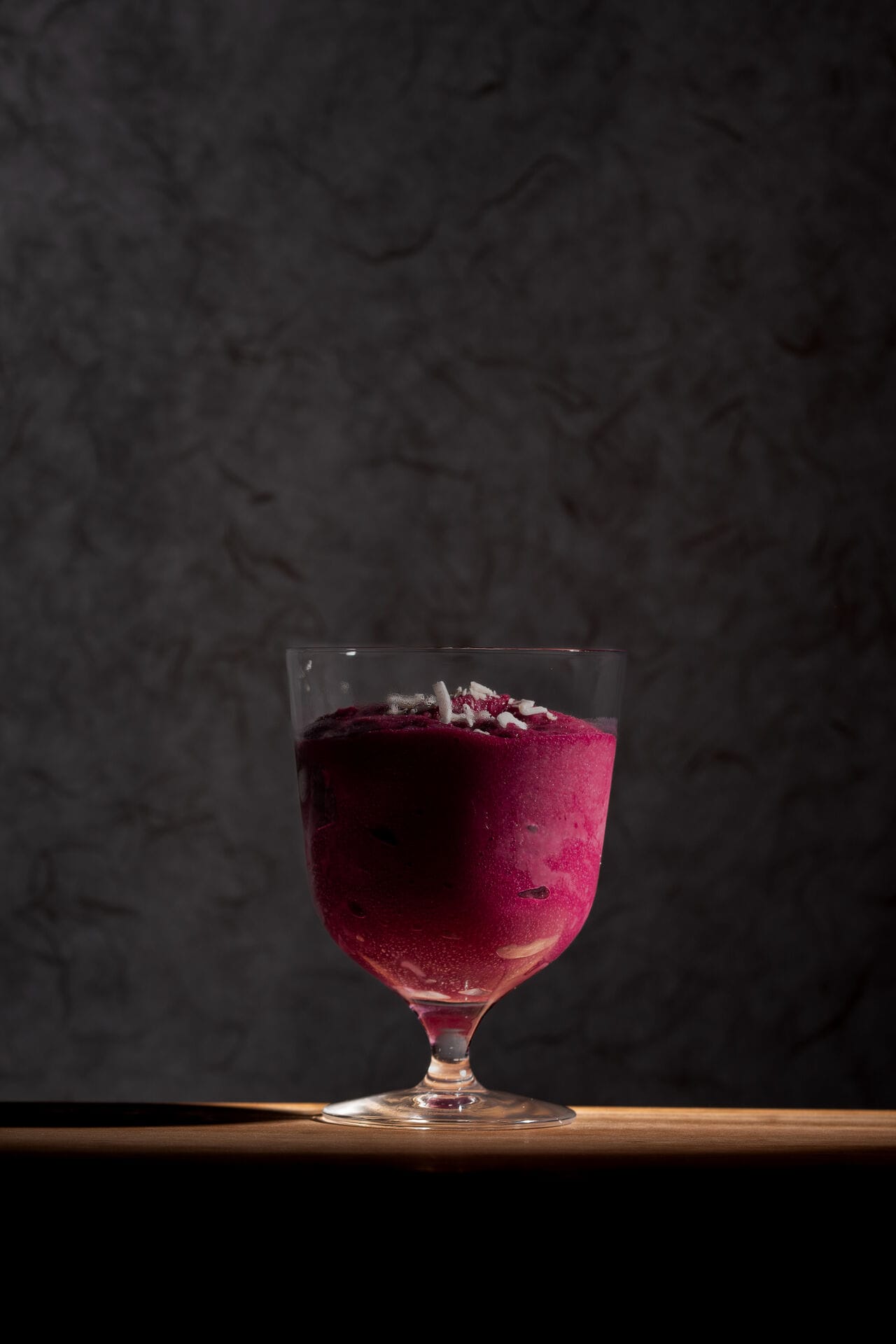
Danico Xplorer - Japan
Then, for the last two countries, we had quite a few discussions. We had a lot of ideas and finally settled. India felt pretty natural: it’s a civilization in Asia, but very different from Japan and Indonesia.
Finally, the fifth destination is still under discussion: We’re still deciding between South America and North Africa. In short, we choose based on our own preferences, but also places customers may not be used to traveling, or exploring in depth.
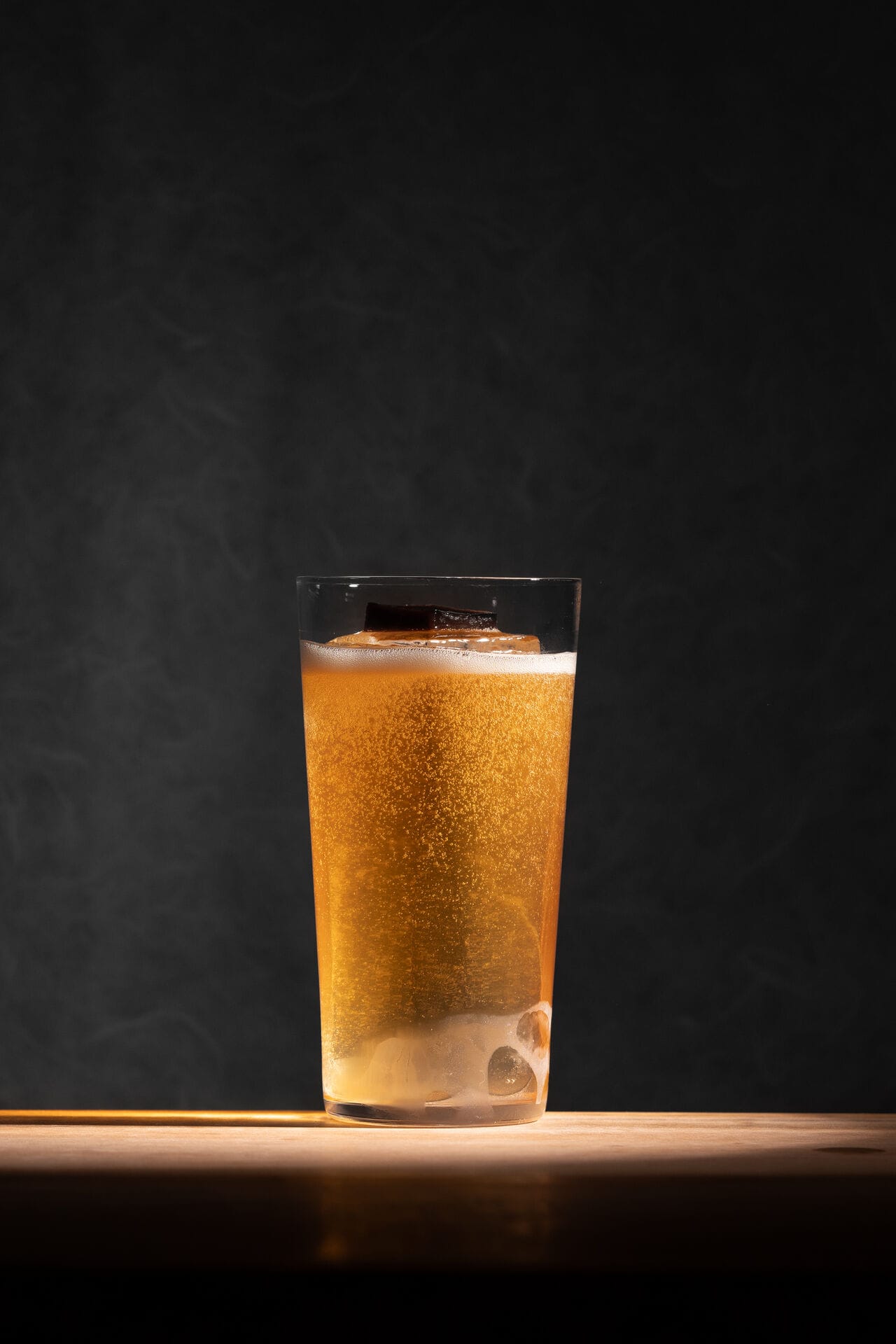
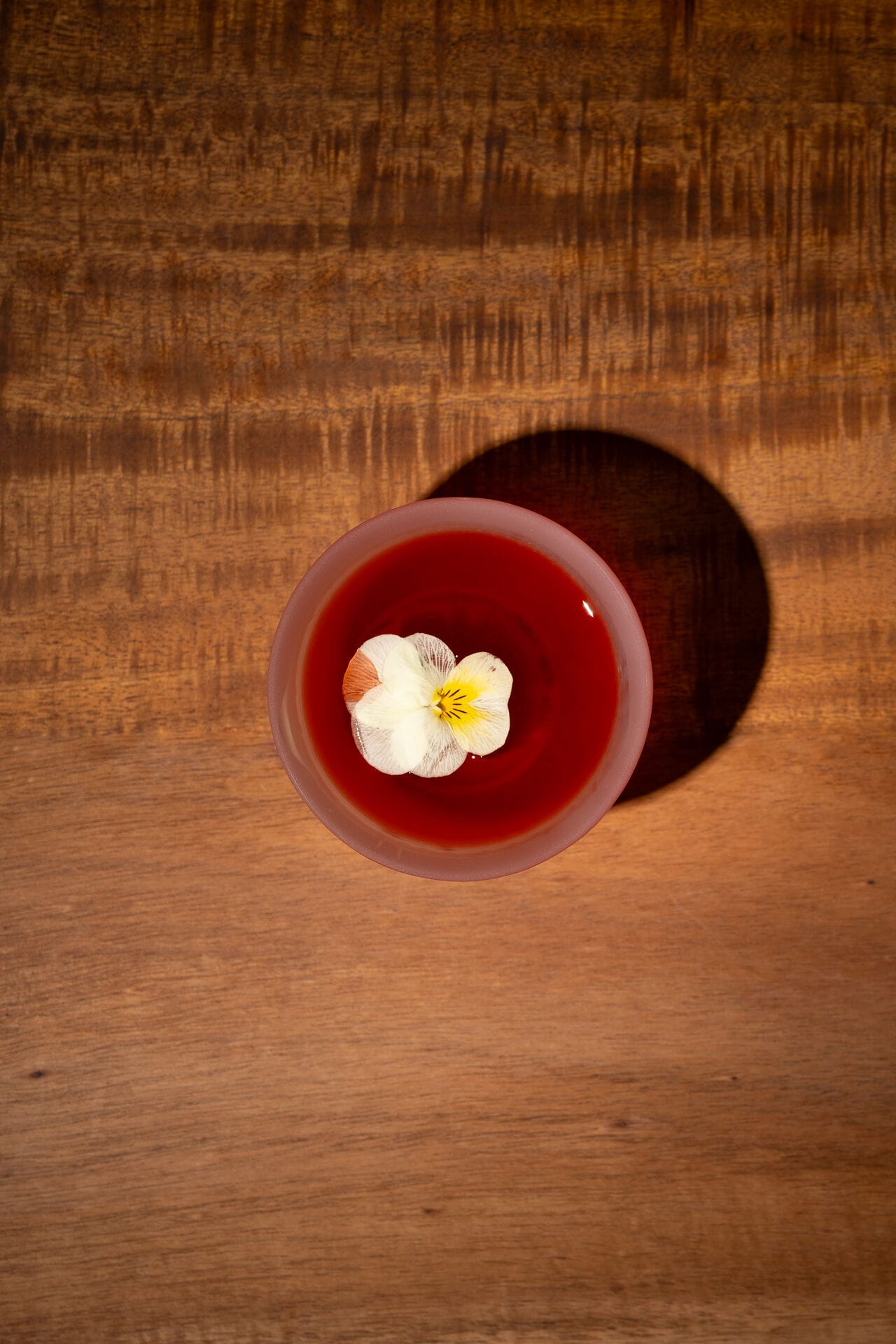
Danico Xplorer - Japan
Preparing the menu: a roadmap and a trip
The menu changes every six months—it’s quite demanding—so we established some guidelines: We always offer two milk punches, two or three dry or bitter cocktails, one frozen drink, and several served as highballs.
This lets us check certain boxes in advance, since we know that’s what the clientele likes while still bringing a variety of flavors. Then, in terms of taste, I ask the team to do plenty of research before we even take the trip, so that when we get back, we’re already somewhat prepared. Yet the on-site experience is so enriching that 80% of the work remains to be done afterward.
In practice, these trips are organized by sponsor brands in the host countries, culminating in a guest shift at a bar. Along with our local hosts, we arrange a cultural itinerary around food, temples... basically anything happening in the cities to broaden our horizon and understand the culture; we don’t just focus on cuisine or cocktails.
This is important to us, because Danico Xplorer tells a real story based on a menu designed like a travel journal. We don’t just want to create Japanese cocktails; we want to understand the local culture, how it all began, and how food inevitably becomes part of it. That’s why we spent two and a half weeks in Indonesia, ten days in Mexico and Japan, and now eight days in India.
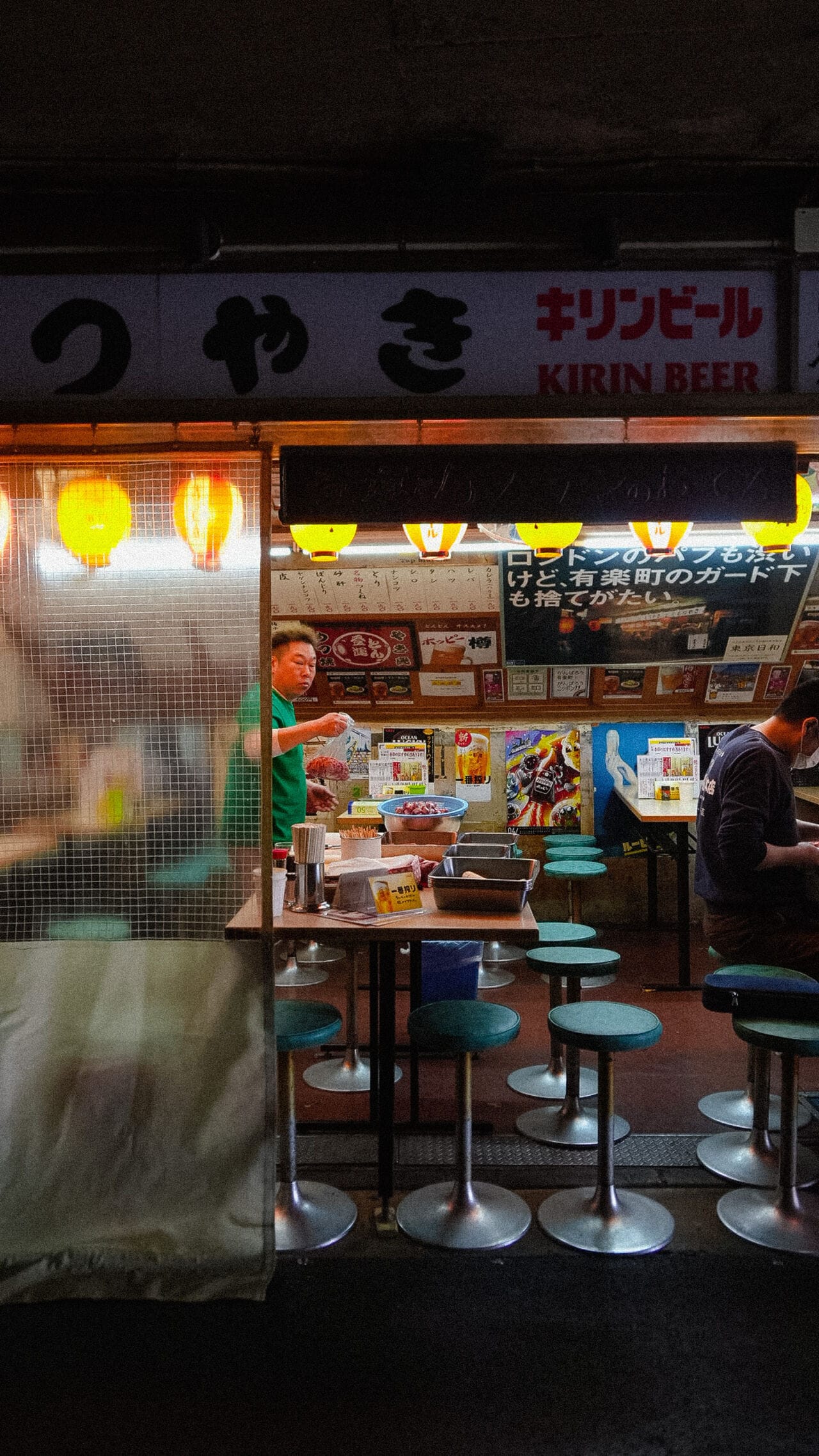
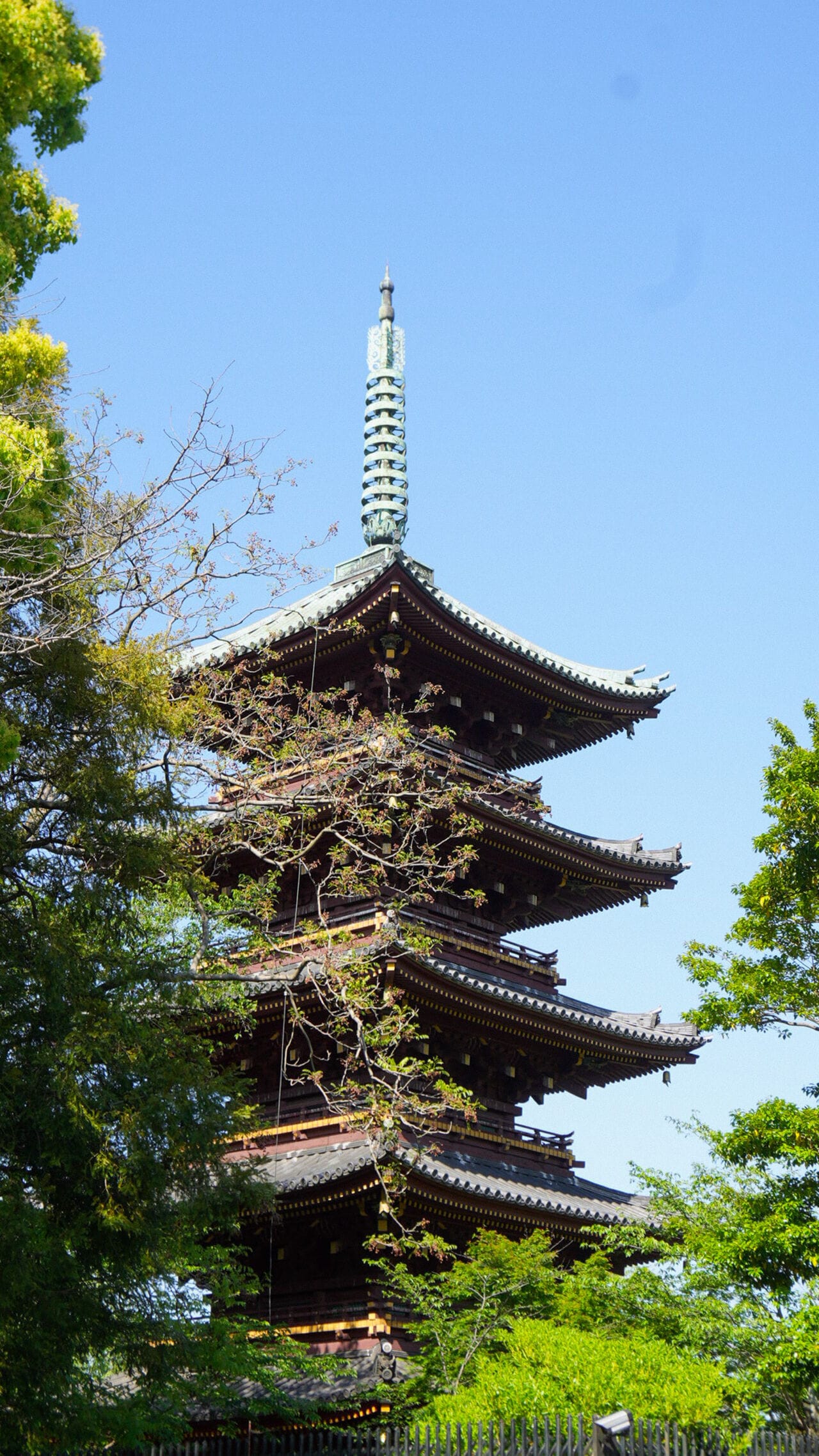
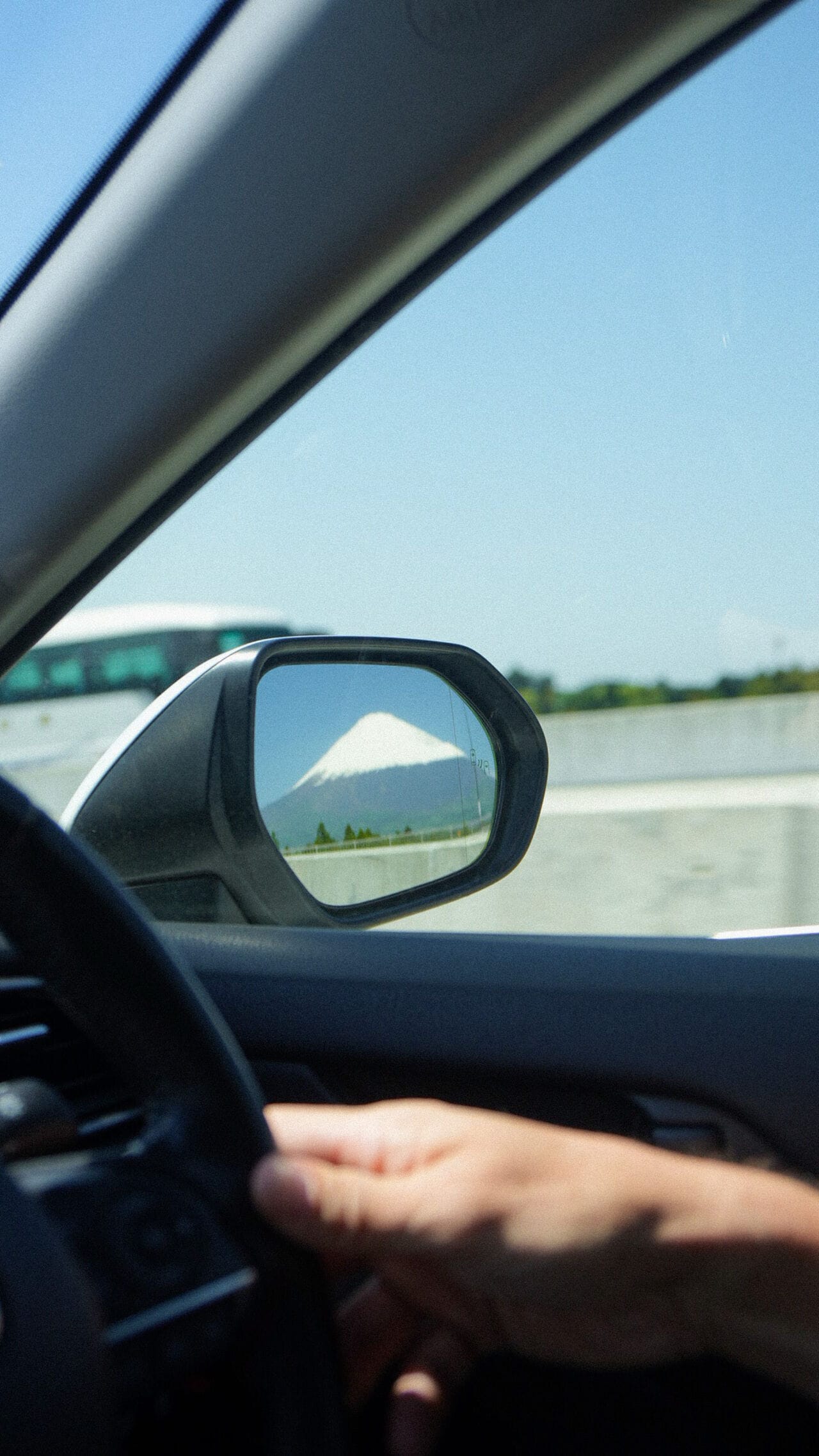
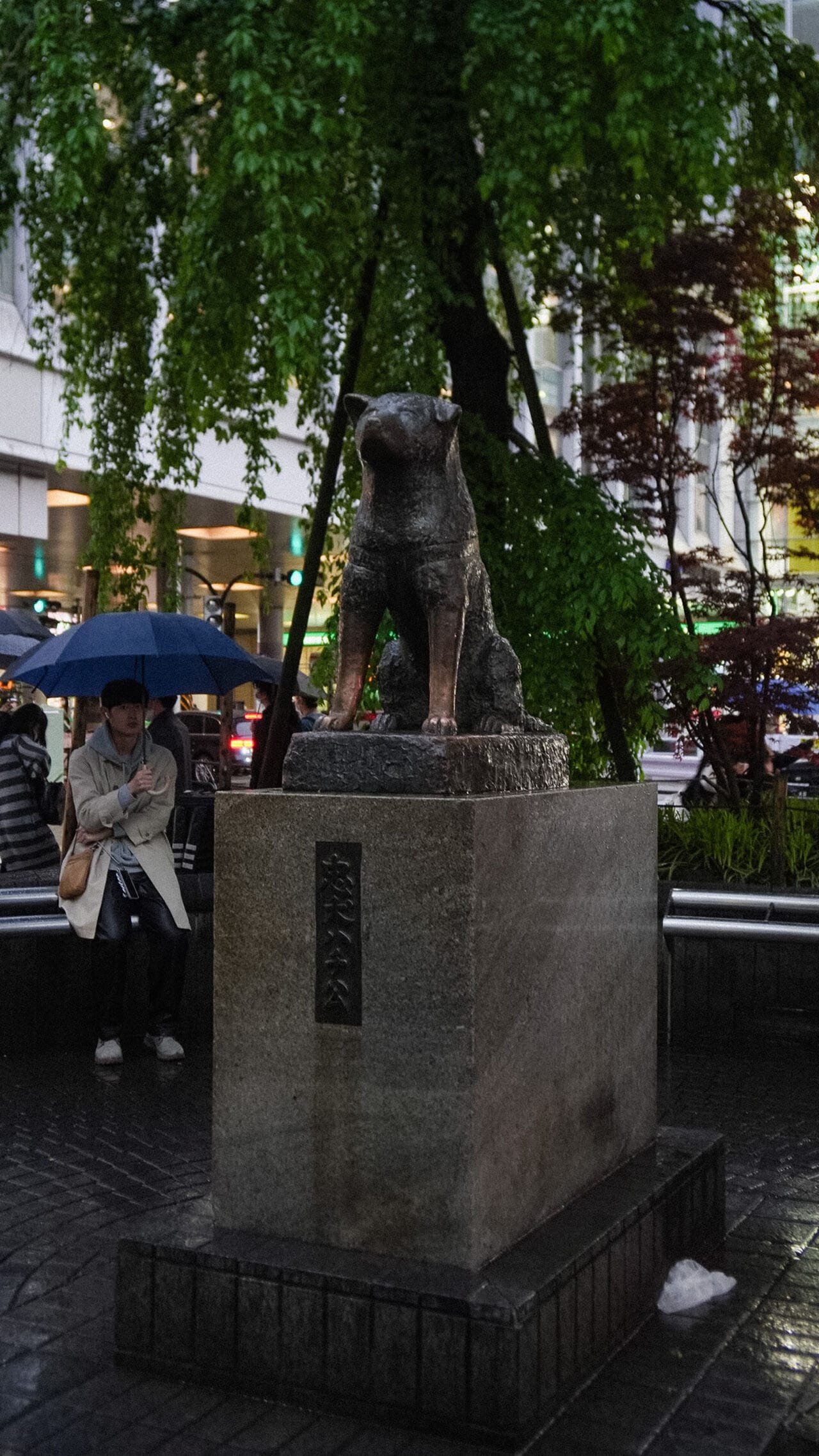
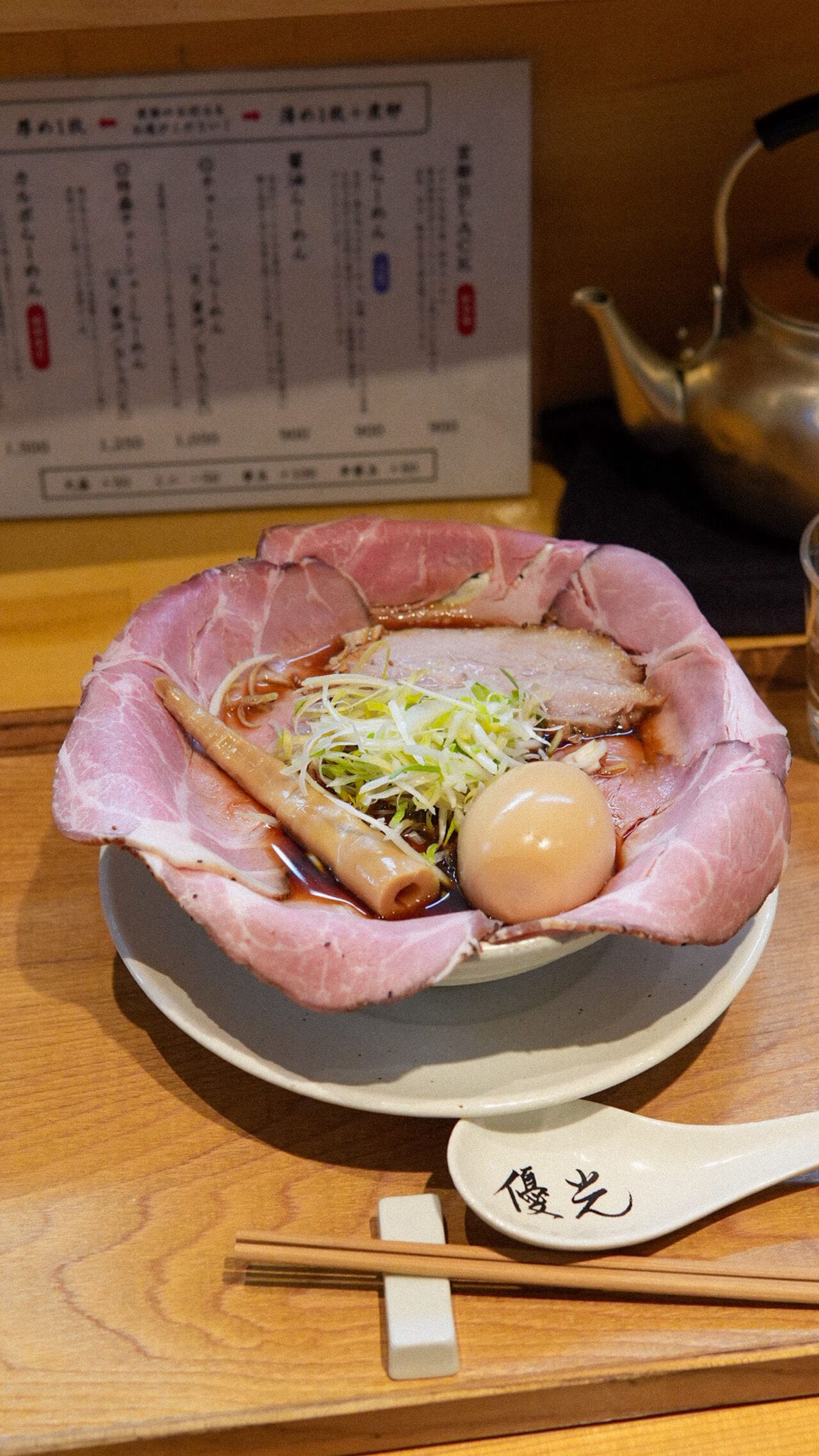
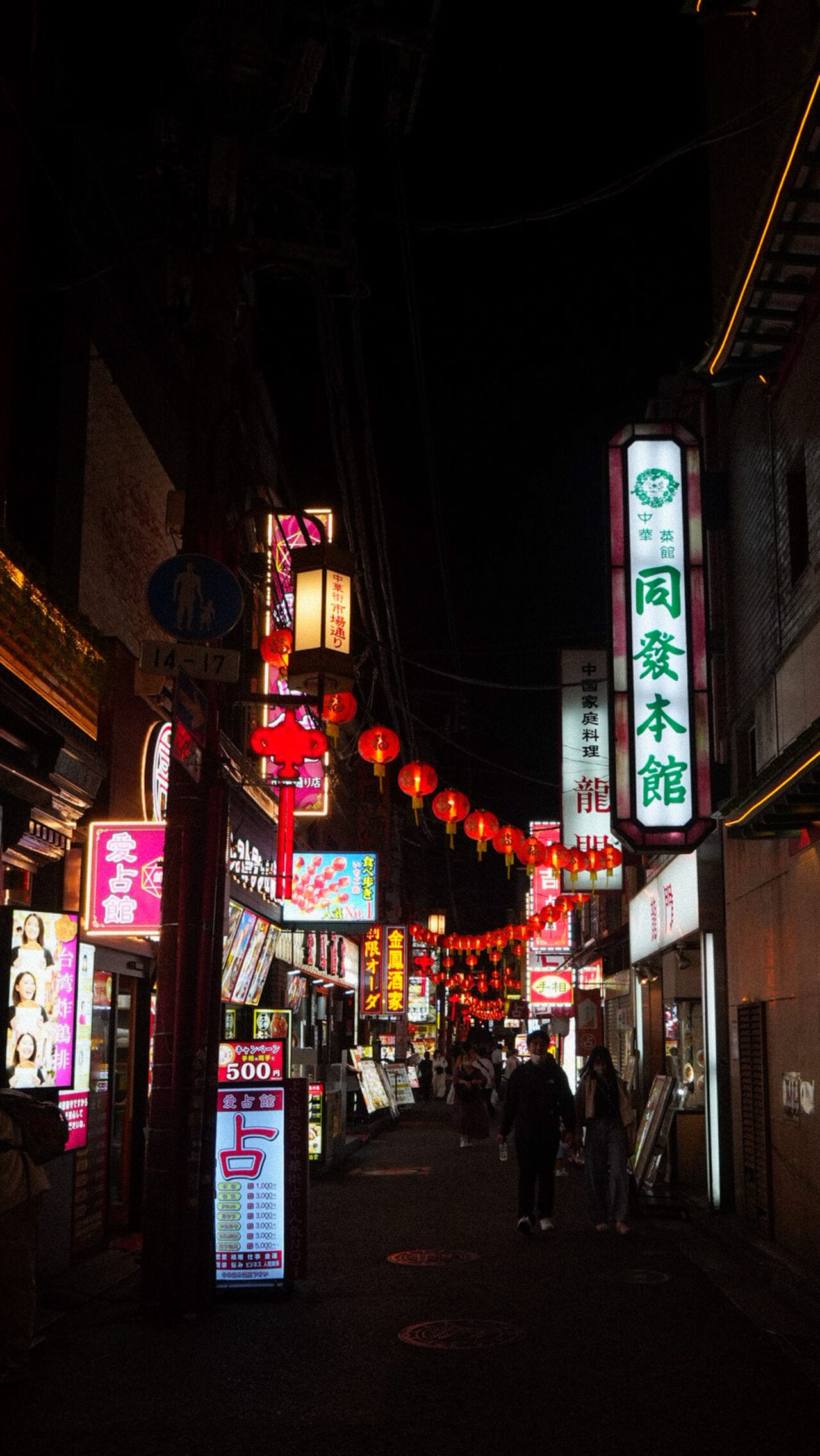
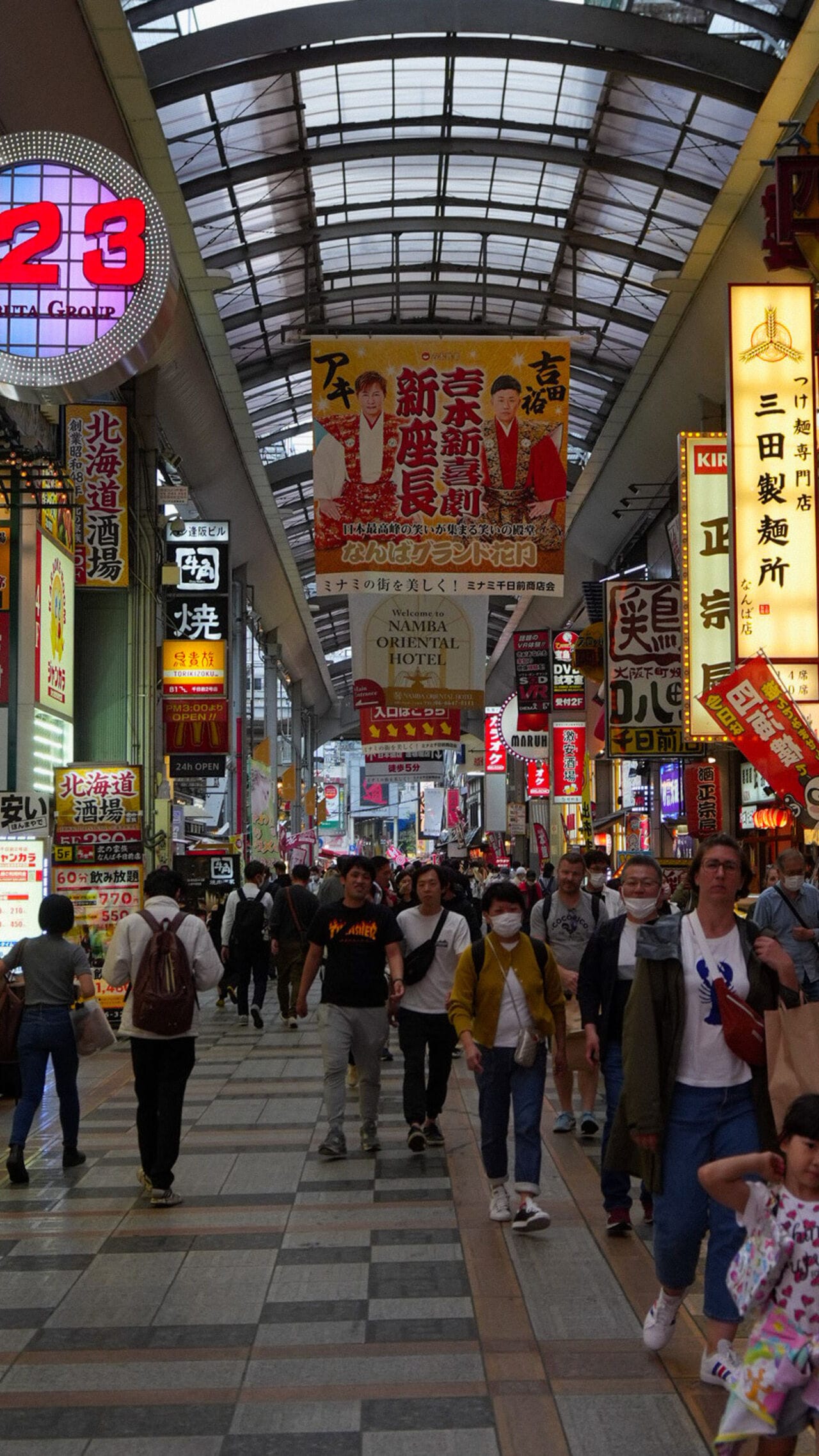
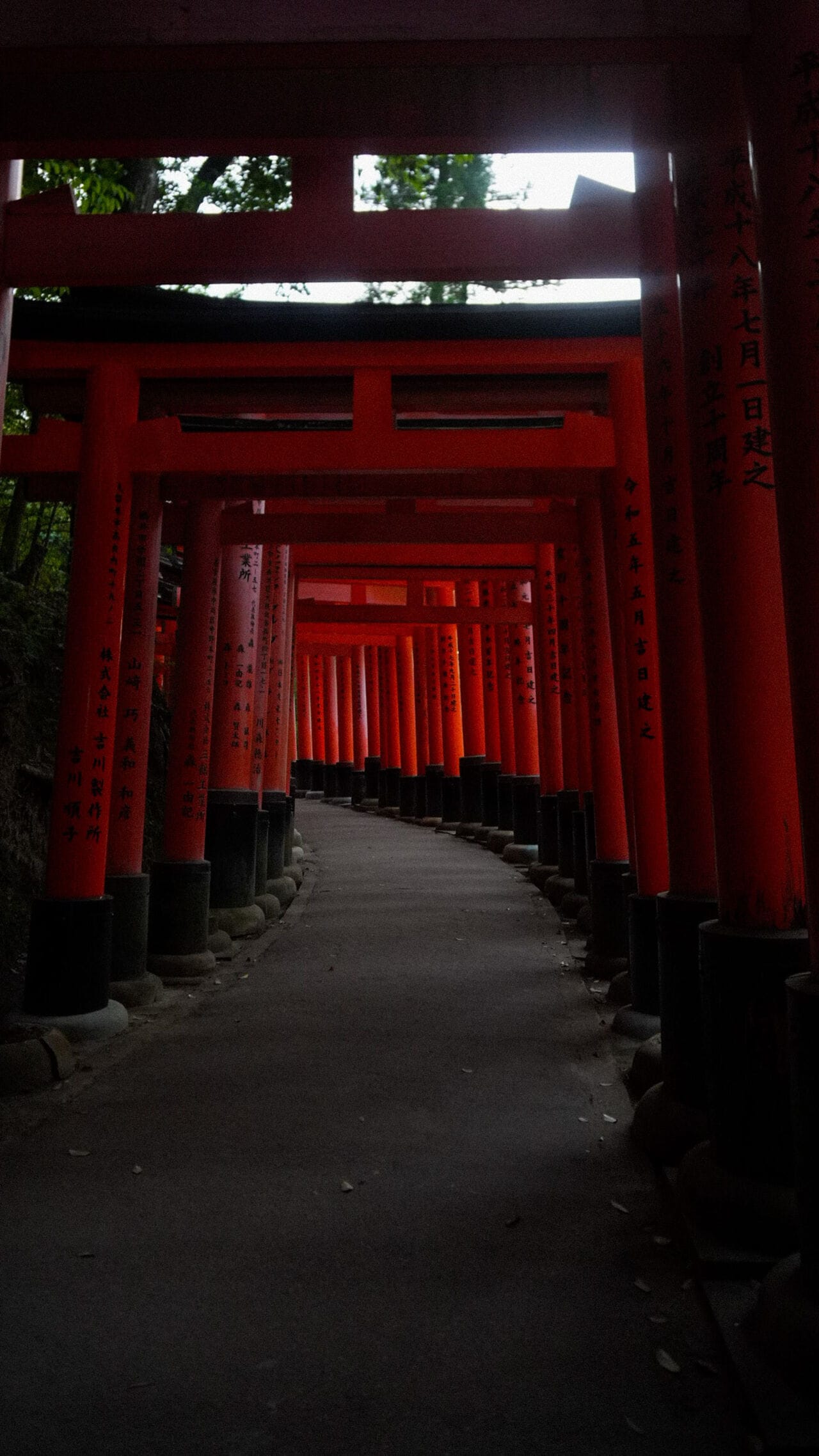
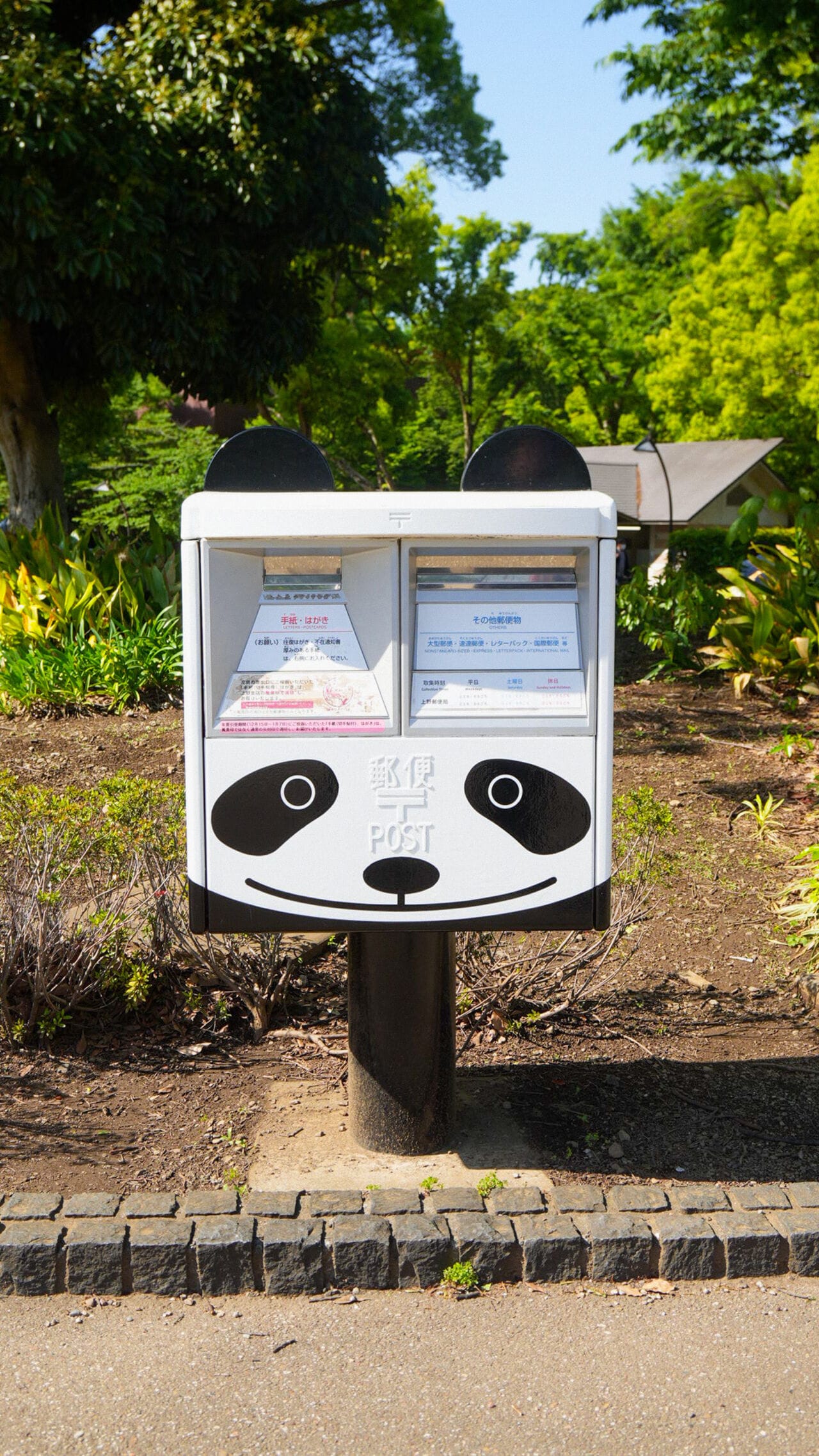
Danico Xplorer - Travel Journal for the Japan-inspired menu
Stages of recipe creation and Nico de Soto’s involvement
From our stay, we usually bring back several ingredients with distinctive flavors, the result of meeting suppliers on site.
For example, in Japan, we connected with a French importer who provides us with sugar, salt, and spices that can’t be found in France.
We come back with products, notes, and ideas. From that point on, everyone starts researching; we do both group and individual tastings rather regularly.
During the creation process, we imagine all the ideas first without alcohol. It’s about creating flavor pairings among typical dishes or drinks, spices, fruits from the chosen country. Once that’s decided on paper, we pick the suitable spirit. Of course, there are exceptions when we immediately know which spirit pairs best with certain flavors. But generally, we start with the flavor base.
Nico de Soto gives us free rein to create recipes, and when we’re ready, we do a test with him. He then gives us his opinion and expertise—because his palate is pretty extraordinary, you have to see it to believe it. But he trusts us.
On average, I’d say Nico creates four cocktails on the menu: sometimes the drinks are almost ready with a finalized recipe, and other times he gives us flavor combinations and we work around them. The remaining eight cocktails are conceived by the team.
What we highlight are the cocktail’s flavors as a whole, not just one single ingredient or spirit. For instance, with Zaru Soba—which is currently on the menu—we’re not only showcasing the roasted taste of the barley shochu, even though that’s precisely why we chose that specific shochu for its unique flavor. It’s a very fine line, and we keep that in mind.
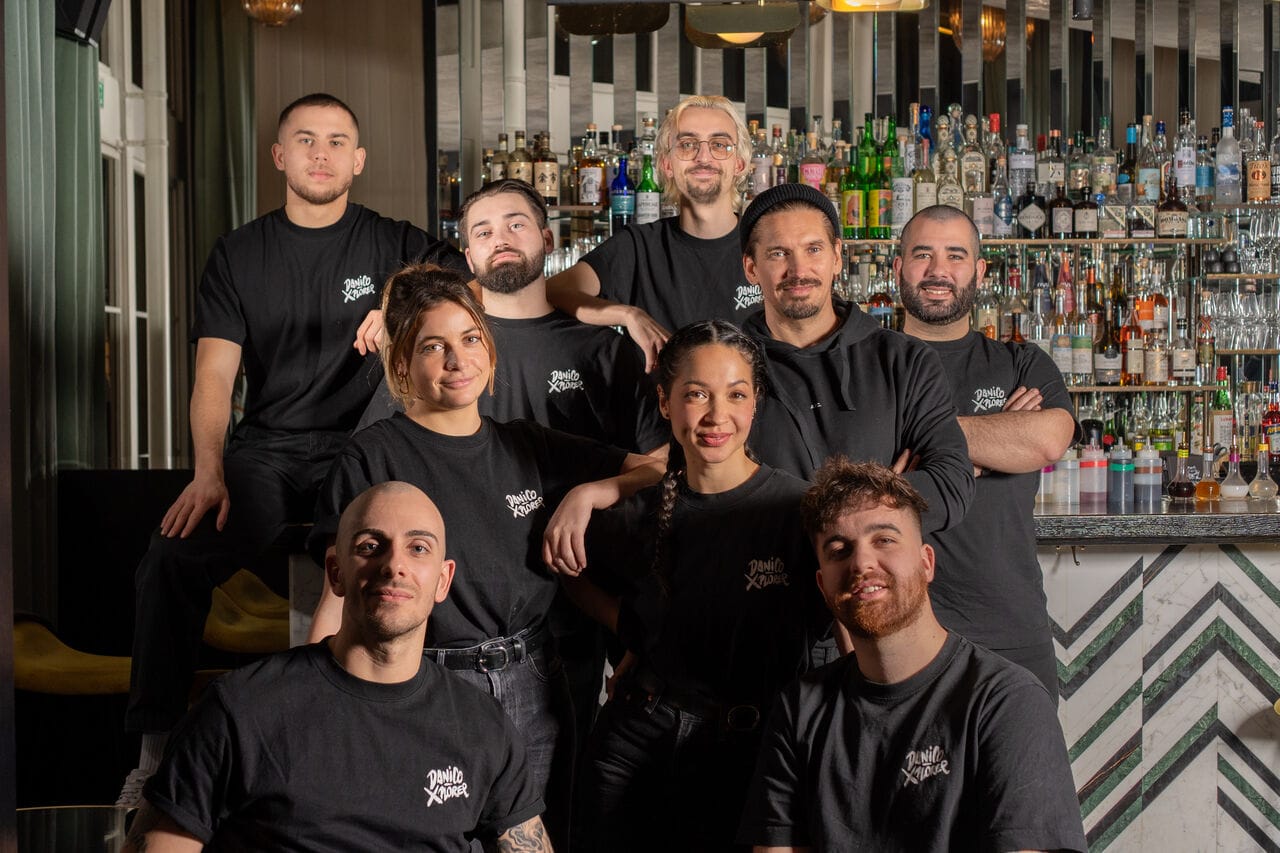
Differences and challenges among menus depending on the country
The most complicated menu was Indonesia, because it was my first time overseeing a project like this. I was used to participating in menu launches—at the Danico or at previous jobs—but initiating such a project, choosing the design (with my graphic designer’s help), highlighting the drawings and colors, was all new. It meant creating a two-and-a-half-year project, and if the first menu failed, the next four risked being compromised.
Indeed, how do you work exclusively with the flavors of one single country? Do we fall into clichés? Obviously not, so we had to do thorough research.
But there can also be very simple things in some countries that you might even find in France. Then you have to work them differently to surprise customers.
Thankfully, that first menu got good feedback, and the team was proud of it.
The overall planning for the Indonesia menu took nine months. But the actual creative process took six months. After that, it got easier. Mexico came together pretty quickly, and so did Japan. India has also been relatively smooth; we’re ahead of schedule. Now it takes about three or four months, which is still quite long.
In my opinion, our current Japan menu is just as good, maybe even tastier, than Mexico or Indonesia. Actually, there’s no real comparison. I wouldn’t say one country has more flavors than another; they’re simply very different. For example, how Indians work with spices is extraordinary—and you don’t really see it anywhere else—while Mexican cuisine is also very spicy, though with spices that are very different in character.
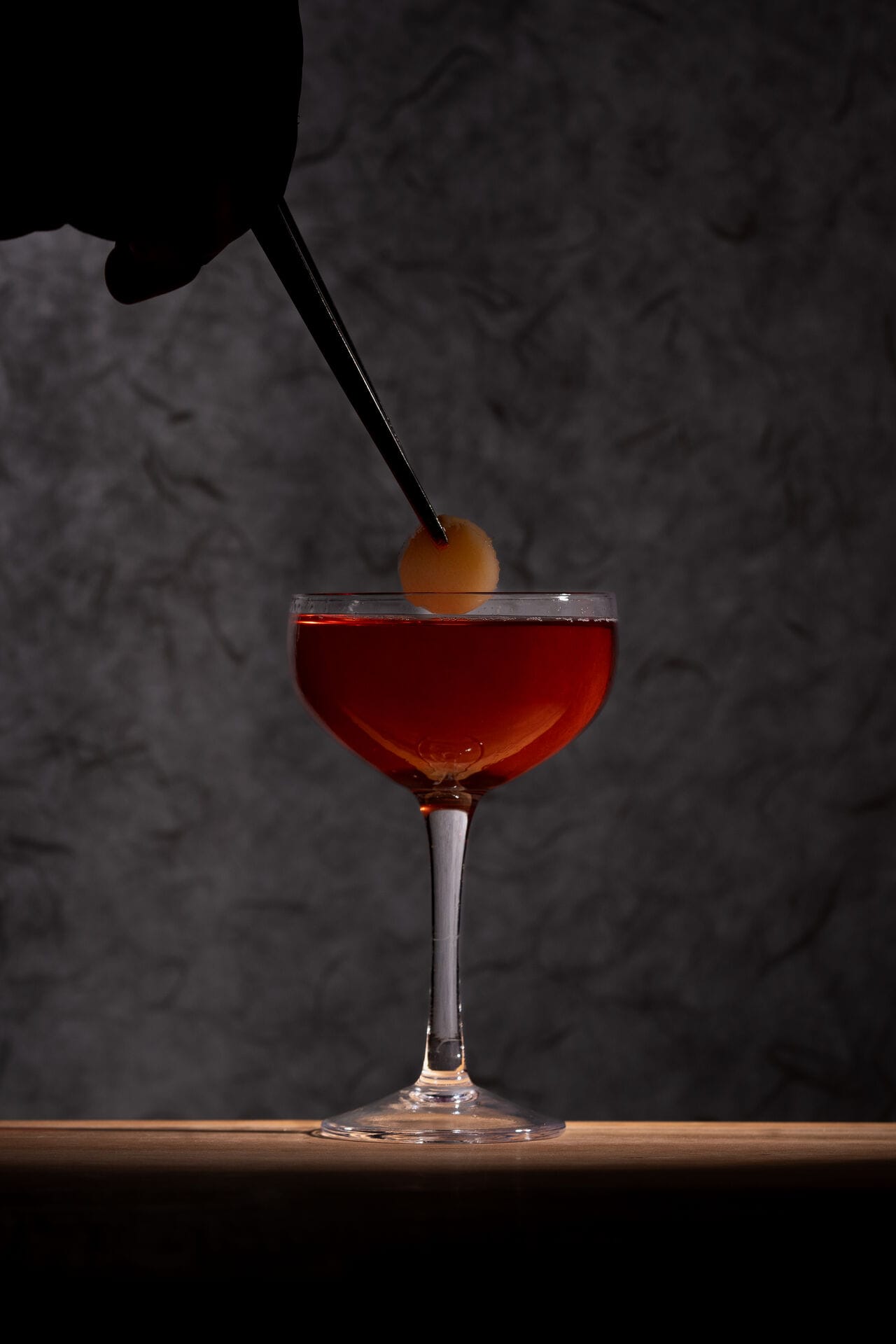
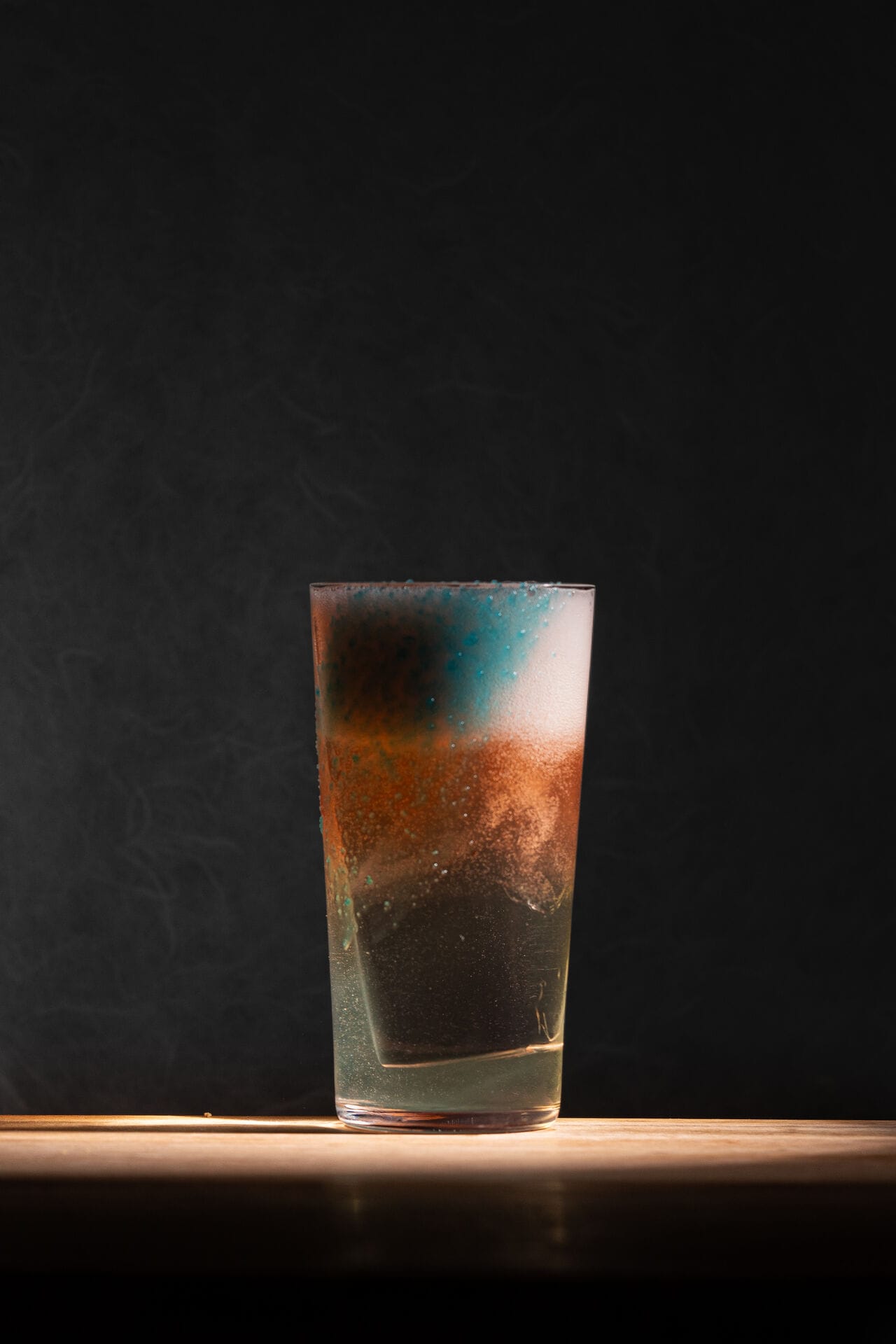
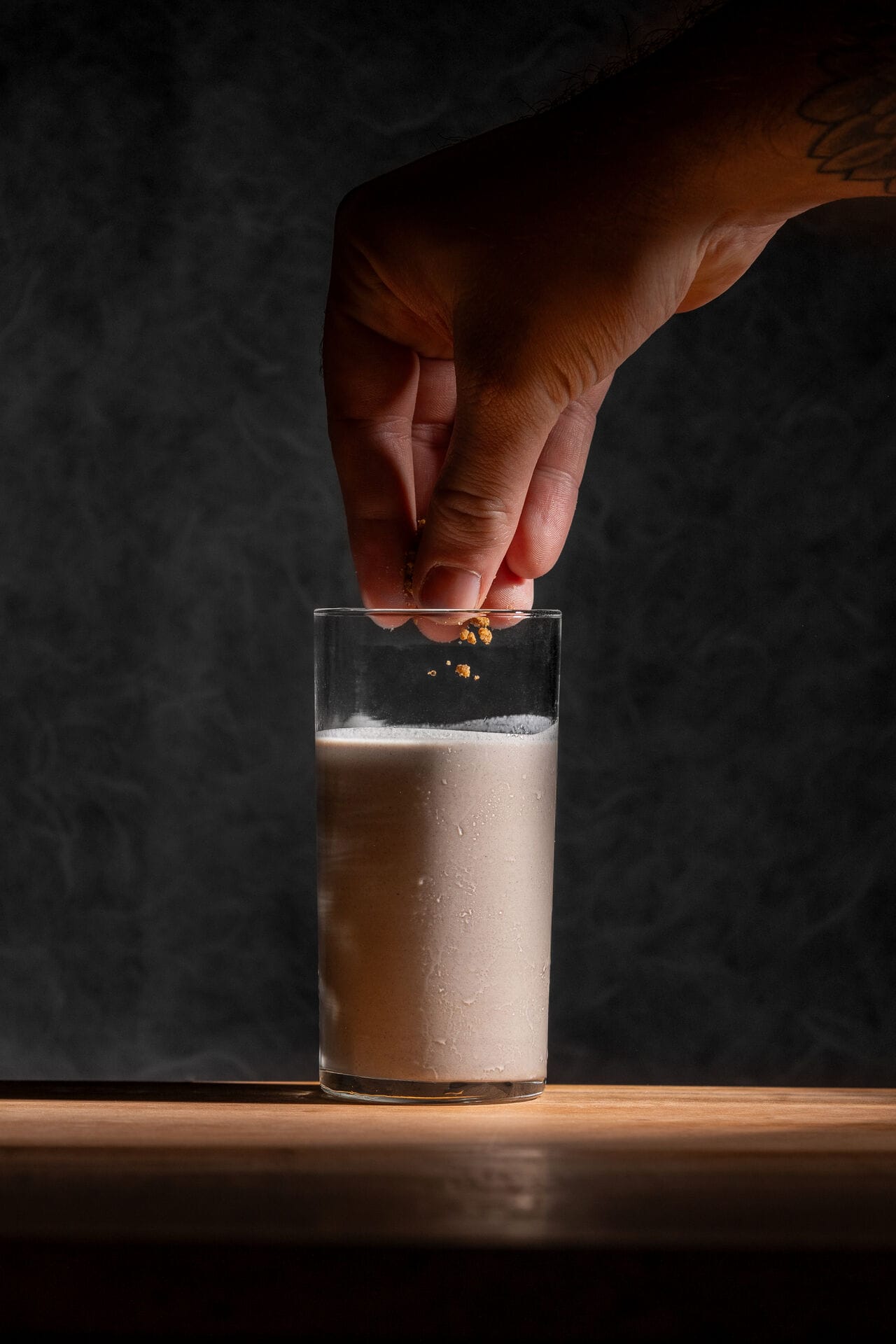
Danico Xplorer - Japan
A glimpse at the Japanese and Indian cocktail scenes
You can find everything in Japan: very classic spots—just as you’d imagine—like High Five, where bartenders in their fifties make classics with well-honed techniques, but also places of other styles.
We were lucky enough to visit SG Club, Shingo Gokan’s bar, and it’s quite innovative, featuring approaches familiar worldwide. I also think of The Bellwood, which is also on the 50 Best. They even have a tiny room at the back of the bar where there’s an Omakase—a piece-by-piece sushi service—with a sushi master right in front of you. The scene there is very complete, and I fell in love with Tokyo.
In India, we stayed in Bangalore and Mumbai (NDLA: formerly Bombay). Overall, the cocktail culture is still quite young, but Jules Daudin, my barman, and I were surprised because usually you see more classic places first, then more innovative concepts appear later. Yet Indians are already into highly advanced techniques. They don’t use a lot of local products; or if so, it’s not really the bar’s theme—they don’t highlight it.
The bartenders are all locals, because the salary for a bartender is extremely low, maybe ten to twelve times lower than in France; so being an expat doesn’t make sense, unless there’s a big offer at, say, a hotel. In the two cities we visited, we didn’t come across any spirits unknown in France. However, we did try products from Goa called Feni (NDLA: the only spirit in India with a GI). It’s a spirit, somewhat like a liqueur with plenty of flavor, and generally it’s made from coconut or cashew.
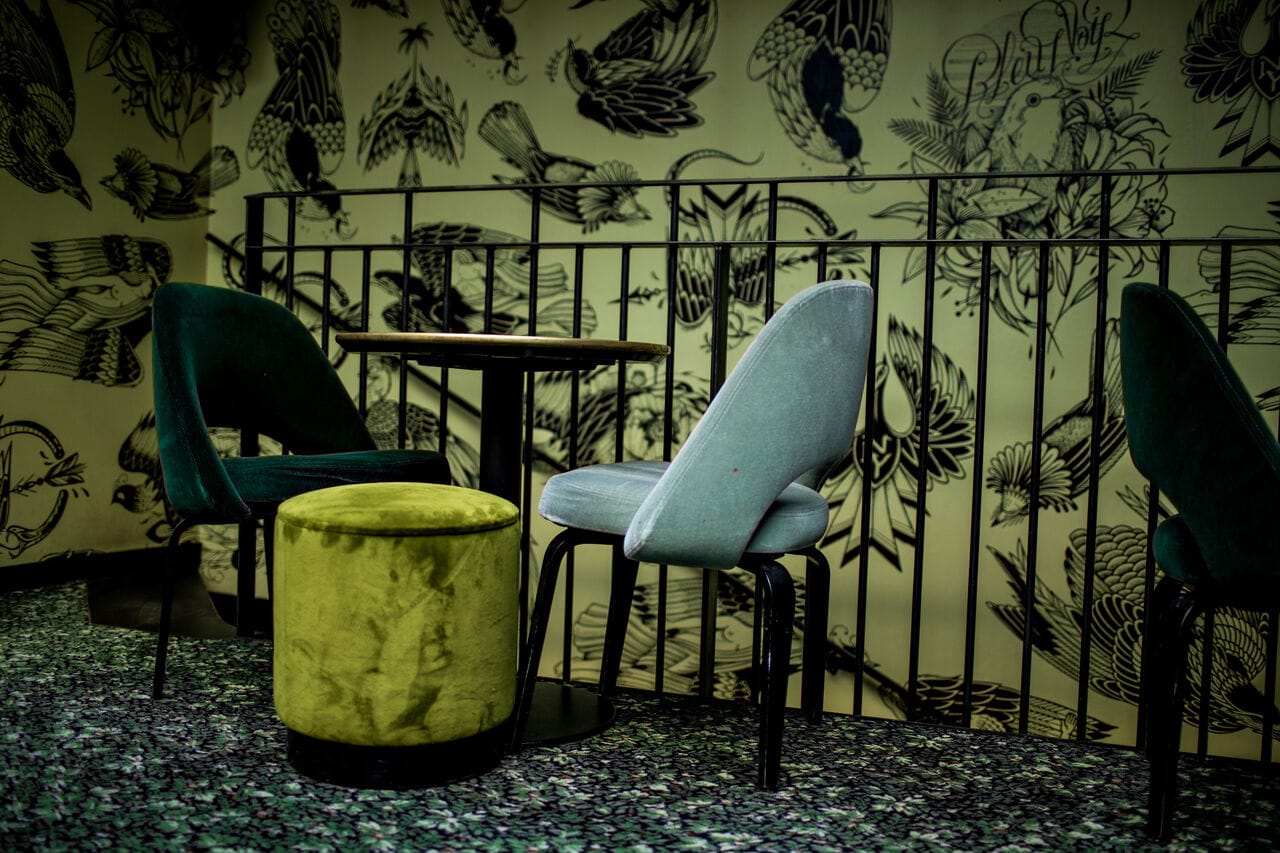
A thematic menu doesn’t define a bar’s DNA
I don’t think you necessarily need a themed menu to be recognized. In fact, there aren’t that many bars in Paris that offer one. However, having a theme is a nice idea: it gives you a clear direction, and for some customers, that matters. But not having one isn’t detrimental.
Bar Nouveau, The Cambridge Public House, or Fréquence don’t have themed menus, and I think they’re among the best bars in Paris right now.
What’s important is expressing what you’re trying to create: flavors, balance, adaptation, flexibility toward customers. Sure, we have a menu, but you also have to know how to be flexible. At Danico, we chose to have a theme because we had an overarching concept: flavors from around the world. Even so, that’s vague, so we needed to refocus and structure it. But the theme is not the key factor; it’s not what bars or customers should primarily focus on.
A bar’s DNA is the sum of it all: the decor, the team, the style of drinks you offer. People come to Danico for the kind of cocktails, which aren’t particularly different than what we did before Xplorer: clarifications, cocktails made with the rotavap, recipes highlighting flavors from around the world, and the research that goes into it.
Today, I’d say at least 85% of our clientele comes solely for the bar, rather than also dining at the restaurant. When I arrived in 2020, it was more 50/50.
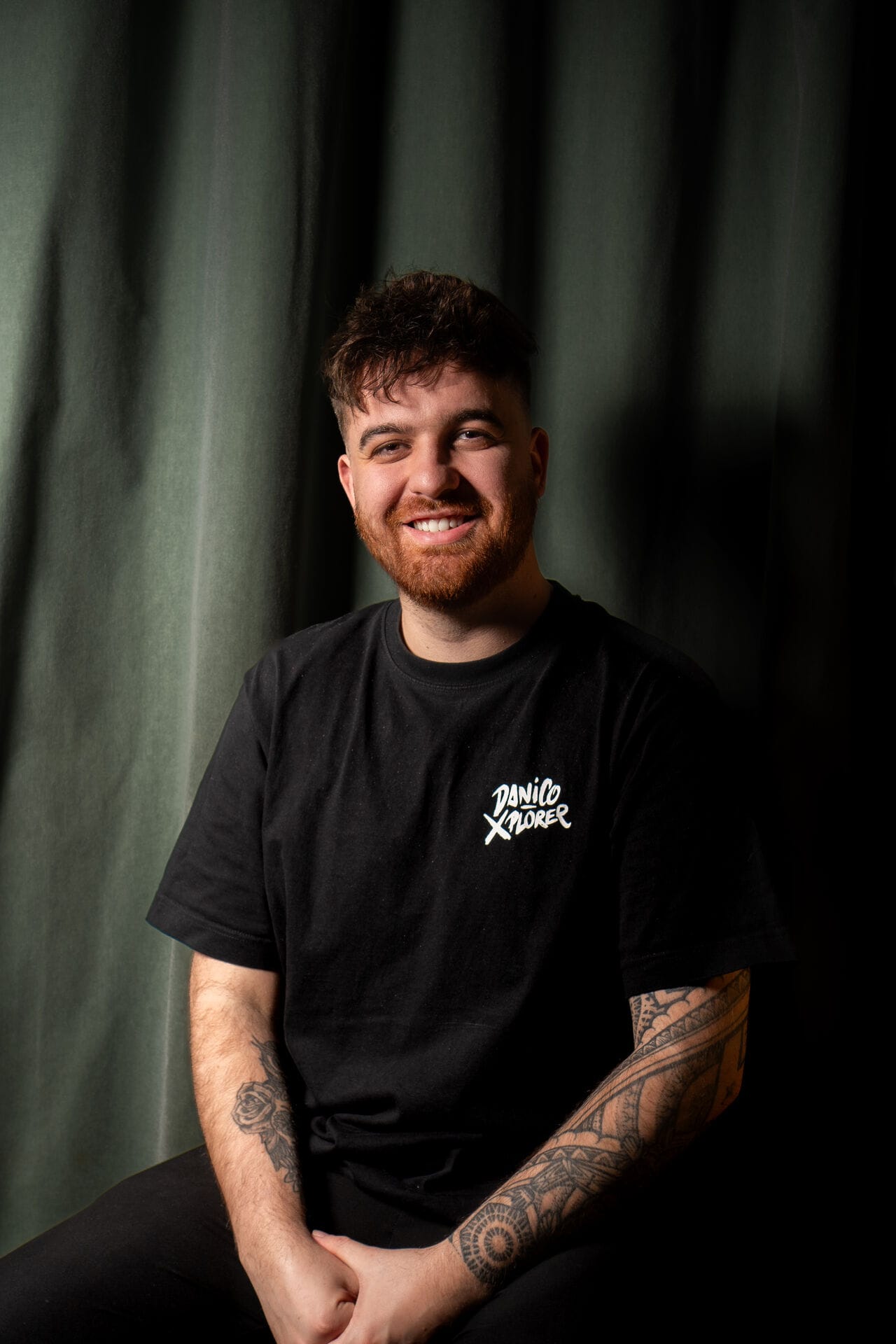
A path shaped by encounters
I went to hotel school in St Quentin-en-Yvelines, and after three years for my diploma, I wanted to do the bartender program—out of about a thousand students, the handful who chose it were a bit like the stars of the school—because it involved creativity while interacting with customers.
However, I almost quit mid-year because my first placement was at a hotel where I just made coffees all day, and they told me cocktails weren’t for me—even though I had never made any. My teacher wanted to send me back to the same place for my second internship, and I told him that in that case, I’d drop the bartender program.
While waiting for a solution, students served as assistants at the Grand Prix Bacardi, which that year was won by Jérôme Kaftandjian (NDLA: in 2015, for the Park Hyatt Vendôme). That evening, my teacher bumped into Aurélie Panhelleux, whom he already knew—Julien Lopez was there too—and asked if they’d take me as an intern. We hit it off quickly; I spent two months at CopperBay and fell head over heels for the cocktail world.
After returning to school to finish my bartender program, I started at Baton Rouge under Joseph Biolatto for three months. Then I worked in a hotel, as well as at Silencio—I was basically working seven days a week—because I found the club very beautiful. At the time, it paid really well, and the bar manager, Rob Mc Hardy, had an excellent reputation.
I really wanted to work there; I liked it, and one day Julien Lopez—with whom I’d stayed in close contact because it was my dream to work at CopperBay (please make sure that’s in the article!) (NDLA: wish granted! 😉 )—asked if I wanted to fill a bartender vacancy there. That lasted four years. Aurélie and Julien gave me every opportunity and taught me to grow, to be a better person, whether in this industry or in everyday life. I owe them eternal gratitude; it’s truly thanks to them that I’m here now.
In 2020, I joined Danico, recruited by Thibault Méquignon—who was leaving soon—and Guillaume Drouot, who needed a bartender. I worked two intense years with him and learned a lot. Finally, at the start of 2022, Nico de Soto asked if I’d fill the open bar manager position, since I had been Guillaume’s assistant. And so I went for it.
Danico: 6, rue Vivienne 75002 Paris.
Open daily from 6 p.m. to 2 a.m.
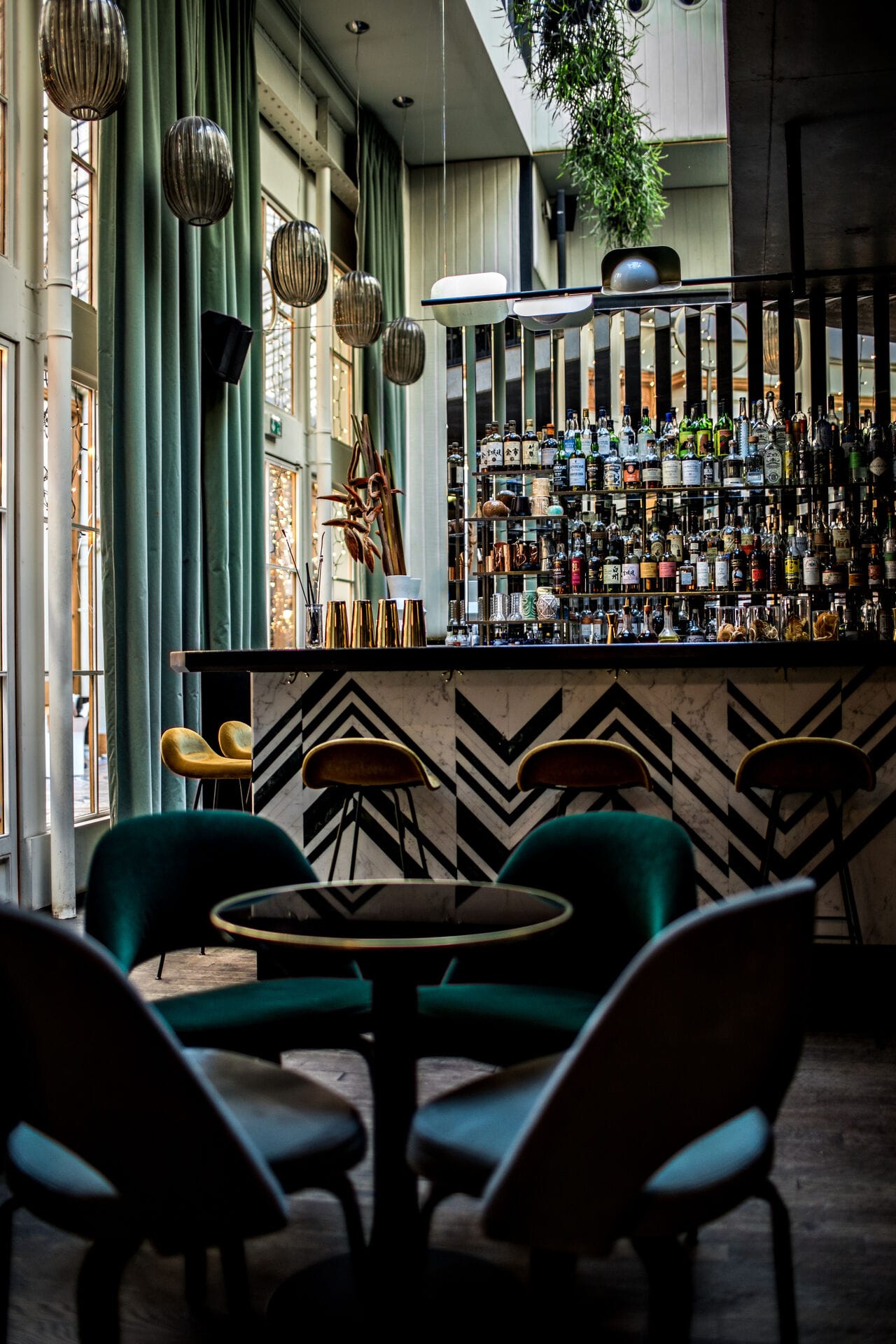
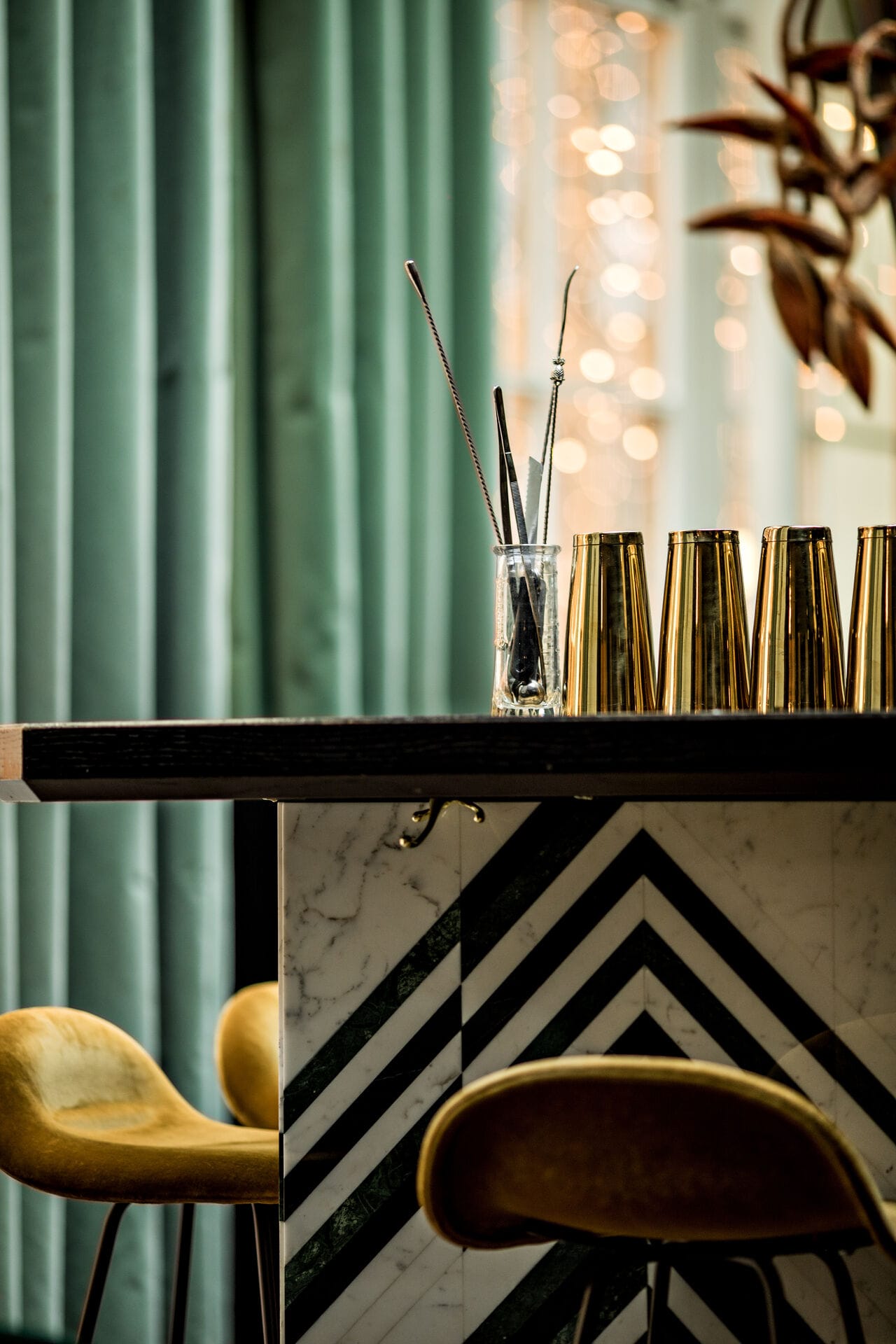
Danico, Paris
